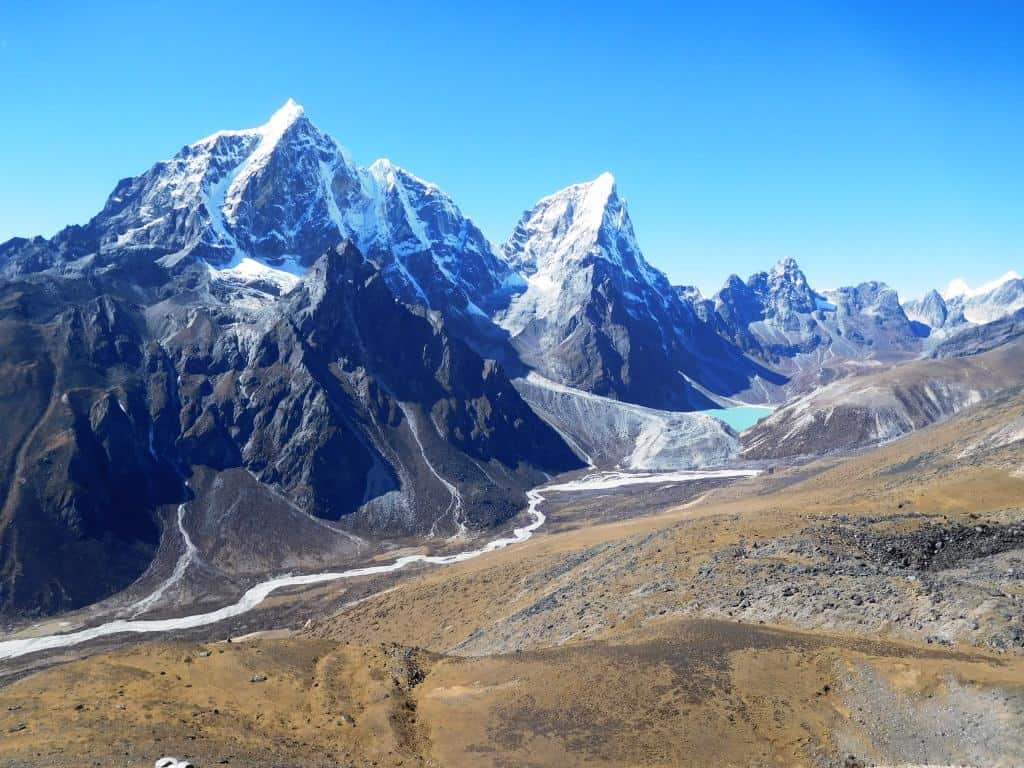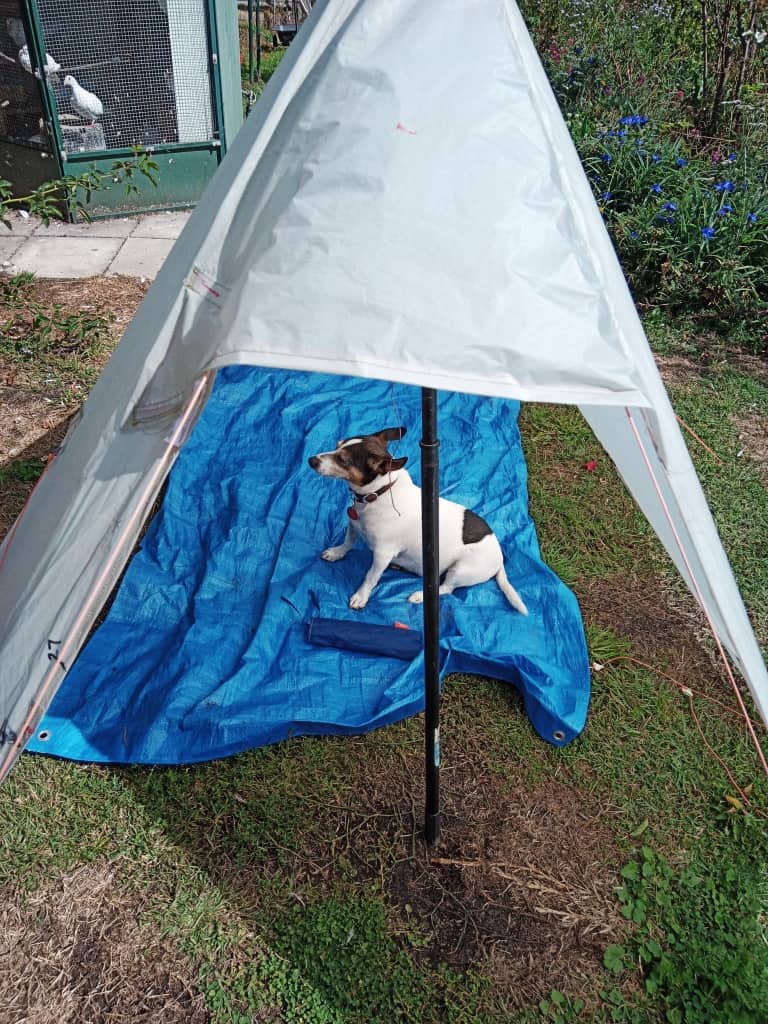I decided here to update the post The Complete Survival Guide (which you should still read) as it had become a little out-of-date in the three years since I wrote it and I had since written many other useful pieces of advice which I could incorporate in a new post, which this is.
I might have also called it, ‘I tell you we’ll astonish the new chums to see how we travel the land’ after the refrain from the old bush song The Springtime it Brings on the Shearing. (I also mentioned this song in the post Johnny Cakes – which you should try).
And it is a good point because these itinerant C19th bush workers with their swags (or blueys) were wonderful experts at ultralight journeying over the vast distances of the Australian outback which would put to shame any of our current generation. Suppose you wanted to make your own.
I remember reading ‘The Cattle King’ by Ion Idriess when I was a youngster about our great Aussie icon Sidney Kidman – and you should too. You can buy it from Amazon from $8.99. It is just quite wonderful. I believe Nicole is a remote descendant. I think Gina now owns much of the remaining Kidman ’empire’ – another wonderful ‘self-made Aussie hero, so it remains in Australian hands.
Even as an old man (like me) he would regularly leave Adelaide with just his saddle horse, pack horse and his cattle dog and within a few short weeks have crossed the entire continent through the trackless (often waterless) wilderness to the Gulf of Carpentaria – all by himself, and did so many, many times. Old hands still tell of how he would just appear in the darkness sitting by their campfire as they yarned over the billy.
Eventually he owned or controlled over 100,000 square miles of land – anyway an area larger than the entire state of Victoria, or New Zealand or the United Kingdom. I doubt any other man in the world’s history has owned so much land. Remarkable. As remarkable really as Cecil Rhodes the only citizen to have a country named after them – two actually.
For upwards of a million years men of various sorts have traversed the earth without ‘resupply’ without access to houses or shops – able to carry all they need on their backs or indeed in their hands – to survive (indeed thrive) permanently in all seasons and all weathers. Knowledge (and confidence) which most people have apparently lost, but it need not be lost forever.
It distresses me to learn that yet another hiker has died in the back country (thousands every year) where they should have been able to live as gracefully and comfortably as the folk of yore did seemingly effortlessly. Well not effortlessly really. Everything involves knowledge, thought and work.
In the post Ultralight Hiking #102, I said this, ” First you figure out how to get your pack weight down to a sensible level say around 5 kg skin out including your pack…Then you must figure out how to ration your food and fuel (for less than 500 grams but over 2,000 calories per day) so that you can comfortably undertake say a ten day (unsupplied) hike beginning with a total pack weight of <10 kg (22 lbs). This is also not so hard…As I have pointed out lots of times if you can just supplement your protein needs with some small game and/or fish you can easily reduce the weight of your food + fuel per day to less than 250 grams so that an averagely fit person starting out with a pack weight of say 20 kg should be able to comfortably continue unsupplied for two months+! Yes, really!”
Most people are struggling with an overnight or a weekend hike. Where have we gone wrong? In literally hundreds of posts I have tried to explain what the knowledge is you need to enjoy the outdoors cheaply, safely and confidently. But really there is no use to something being on your computer, phone, in the library or in a book on our shelves. All you need to know needs to be between your ears.
It is that gadget inside your head which is most valuable and which you need to learn to use properly before you set out! Once skills are lodged firmly there they will be available in an instant whenever and wherever you need them. Like when someone throws a ball to you and calls, “Catch’ – you’d better be able to.
That is the true purpose of so many of my posts. They are not to be skimmed through glancing at the photos, but to be absorbed. But, as the saying goes, ‘Live and learn – or you won’t live long!‘ – And so many don’t. I have encountered more than a few in my 70+ years I can tell you who did not. Alas for them.
Recently I made a suggestion to a young woman on a backpacking forum about her choice of stove. I suggested my DIY $4 20 gram roll-up titanium stove would be a good choice. When she replied that “lighting a fire was not in her skill set” I rejoined that I would not take person out in the bush (with me) until I was sure that they had mastered the skill of lighting a fire in the rain – as other wise she would find herself dead for the lack of knowledge that mankind has had for a million years.
As I have explained so many times, before you venture away from (apparent) safety you must be sure you have first shelter and warmth more or less at you fingertips, and secondarily water. Everything else is really just ‘cake decoration’. It is nice to have the ‘cake’ as well, but you can live for a couple of months without any food at all if needs be – a situation which is very unlikely ever to happen to you!
No doubt it is useful to be able to make fire from scratch (by rubbing sticks together and such) but a couple or three mini-Bics or similar and experience with fire lighting and keeping a fire going is all you really need – but you really need to practice these skills, particularly in adverse conditions when you really need them.
Mind you, you might find yourself without practically anything but your bare hands, so it won’t hurt at all to know (and practice) how to make a fire from scratch so to speak, like the hero in the wonderful Louis L’Amour novel, ‘The Last of the Breed’ which (unbelievably) you can download free here from the Internet Archive. Or consider the adventure of this man in Yellowstone.
If you have something for a shelter (eg even just a poncho – as recommended in this post) it is really not necessary to be expert in constructing an emergency shelter such as a Debris Hut – though having tried it few times is not a bad idea all the same. Mind you I have slept under the shelter of a poncho lots of times and can thoroughly recommend it. Just stay warm and dry and you will be all right. Everything else is luxury!
Even if you can’t light a fire you can stay alive if you can stay dry which can be achieved even without much shelter at all, as the highlighted post illustrates. The young (dead) hiker I talk about there who died in his raincoat and sleeping bag while I was dry and comfy (unknowingly) only hundreds of metres away (in my hammock) did so even though he had (more than adequate) means to survive but that thing between his ears failed him. He needed to get out of that raincoat because the cold water from the rain running across his body was killing him – and it did! You should try to avoid that being you too!
As I said at the outset, I have posted many, many times about this topic. I have tried to gather those links together below so that you can work your way through them. I have tried to arrange them into some sort of rational order but they don’t always lend themselves to that – you should just read them all. When you have all this pretty much ‘in your head’ (as I have) you should have nothing at all to fear from your forays into the wilds.
As I said at the outset, you need to master staying warm and dry – which clearly implies being able to light and maintain a fire in perhaps difficult conditions as well as keeping yourself from being cold and wet.
A point to remember: there is nothing quite so good for you as a hot drink – even if it is only hot water. Also the time and effort spent making yourself a ‘cuppa’ may well be what saves your life. This is particularly pertinent if you have become ‘geographically challenged’ (as we all do from time time). The time spent making and consuming that cuppa will calm your nerves and allow you to re-commence rational thought. That is the very heart of survival.
Let’s look at some of the posts I have written about these topics:
You should first read this post as it contains the basic thought on the topic and makes a good starting point:
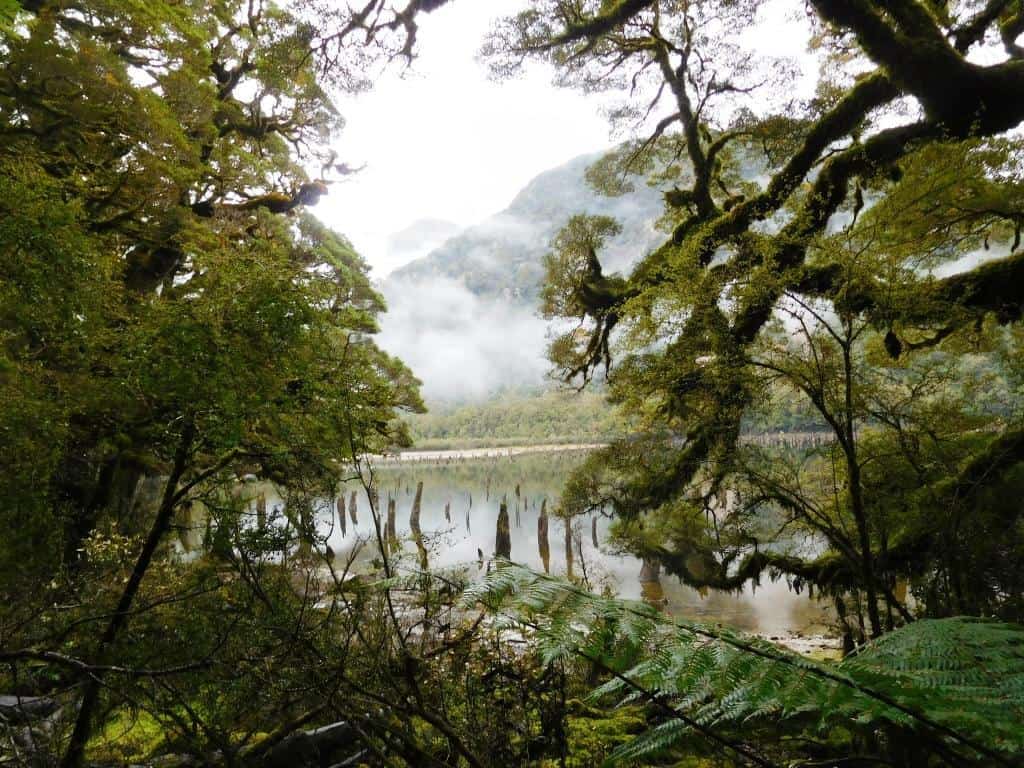
Then this one:
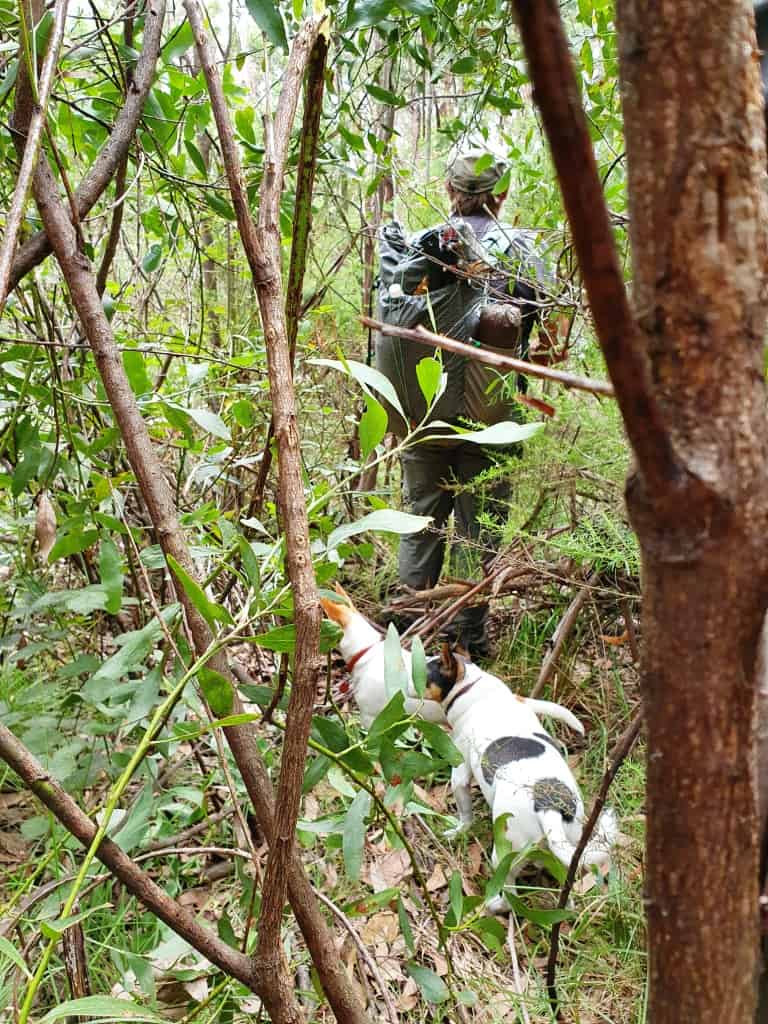
It is a good question – they will fit on your pocket.
If you could only carry two things in the bush, what would they be?
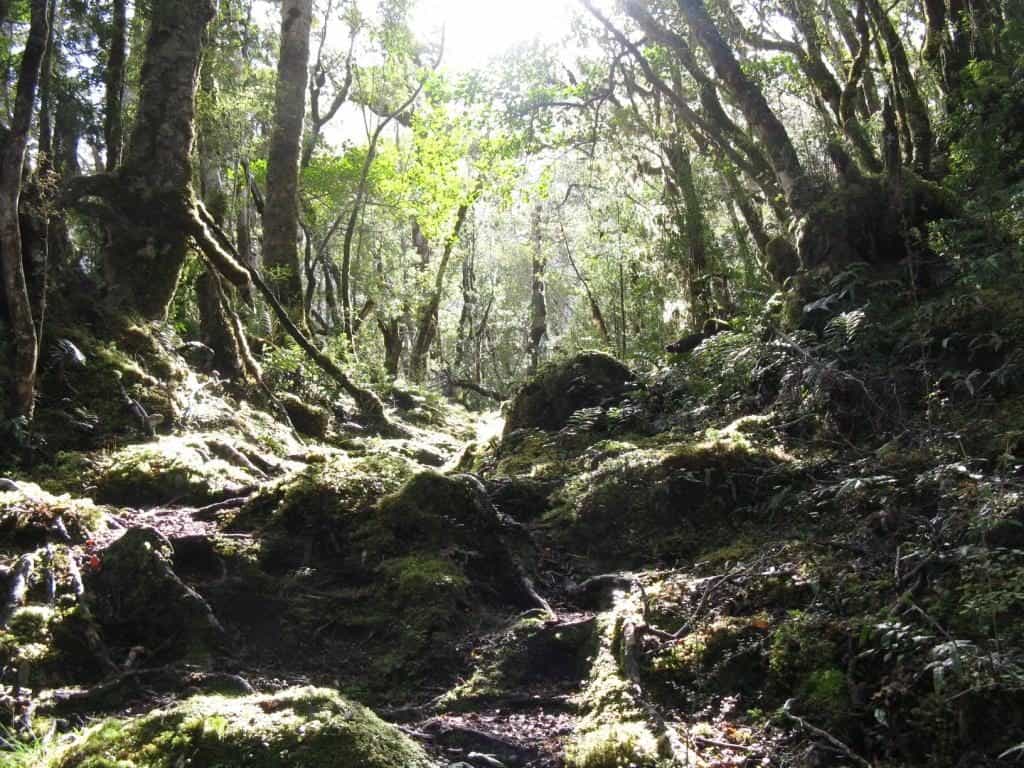
And important ‘don’t’:
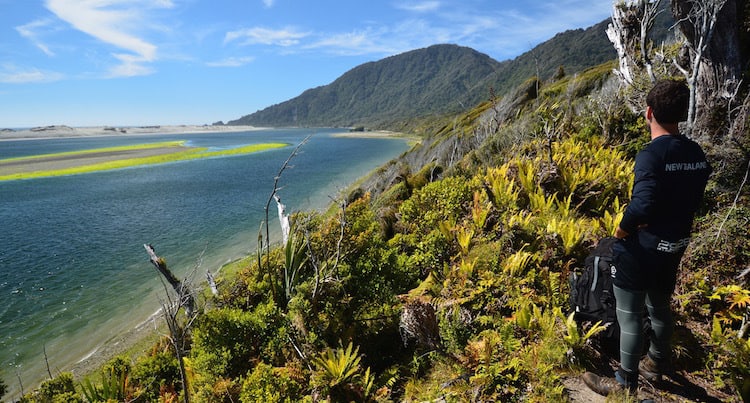
Absolutely essential: Have more than one means of lighting a fire:
How to Light a Fire in the Rain

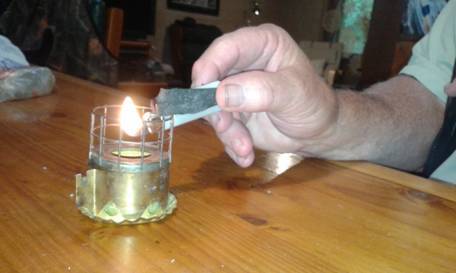
Yes, if you don’t want to die, you must carry a knife – and definitely a fixed blade:

Since you have a knife you’d better know how to sharpen it:
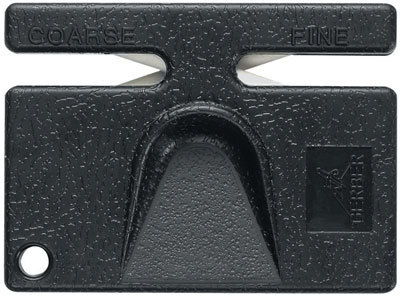
After fire-lighting gear and a sharp knife maybe the next most vital piece of gear is a needle and thread:
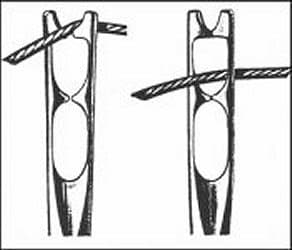
Like this:
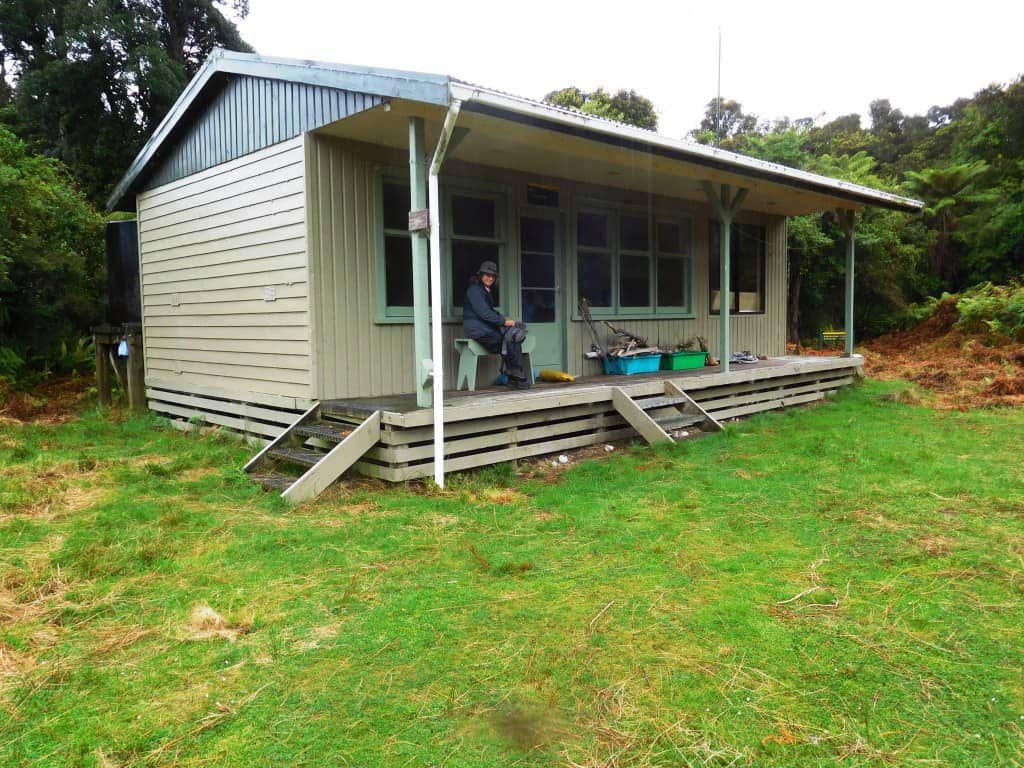
And some
Rope – Don’t leave home without it!

Which you need to know how to use:

It is not always easy to light a fire but it is often vital:
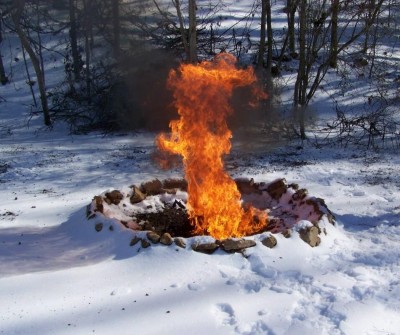
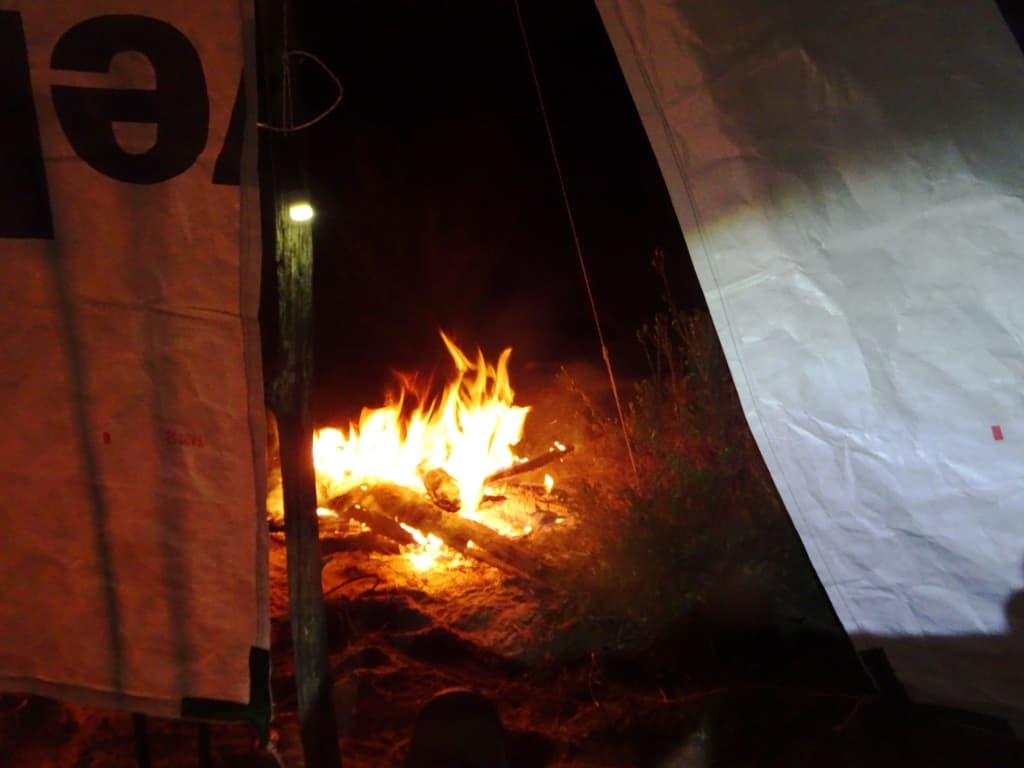
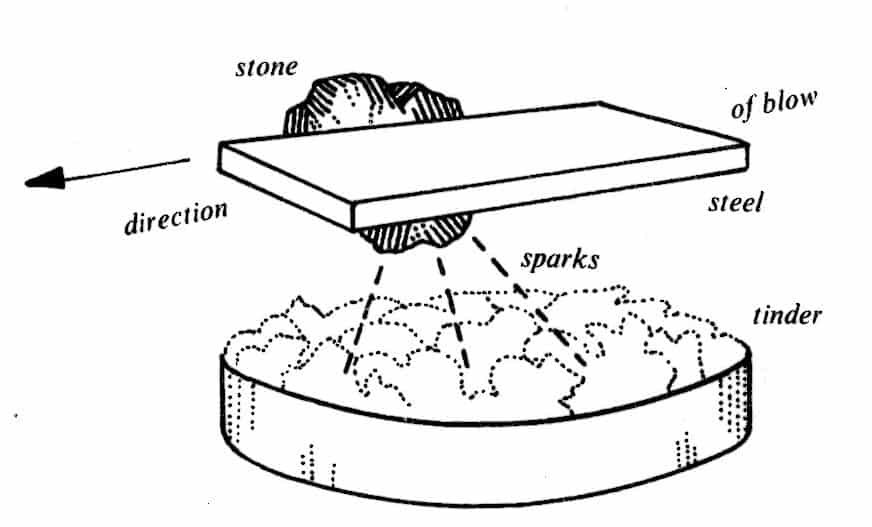
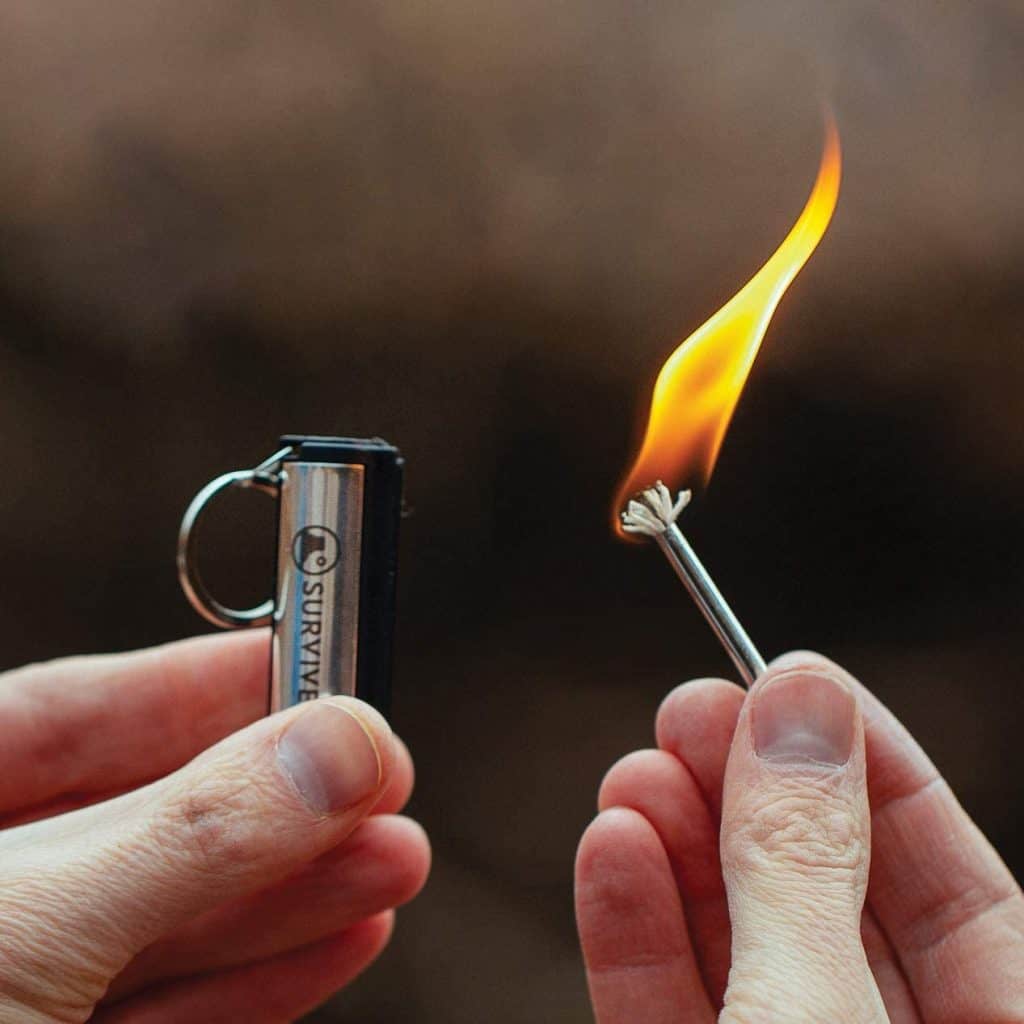
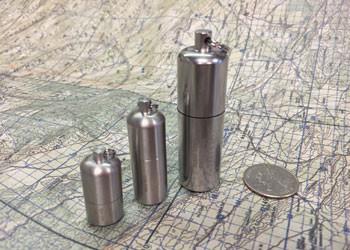
Interesting wet weather fire starter

Lots of things will burn:
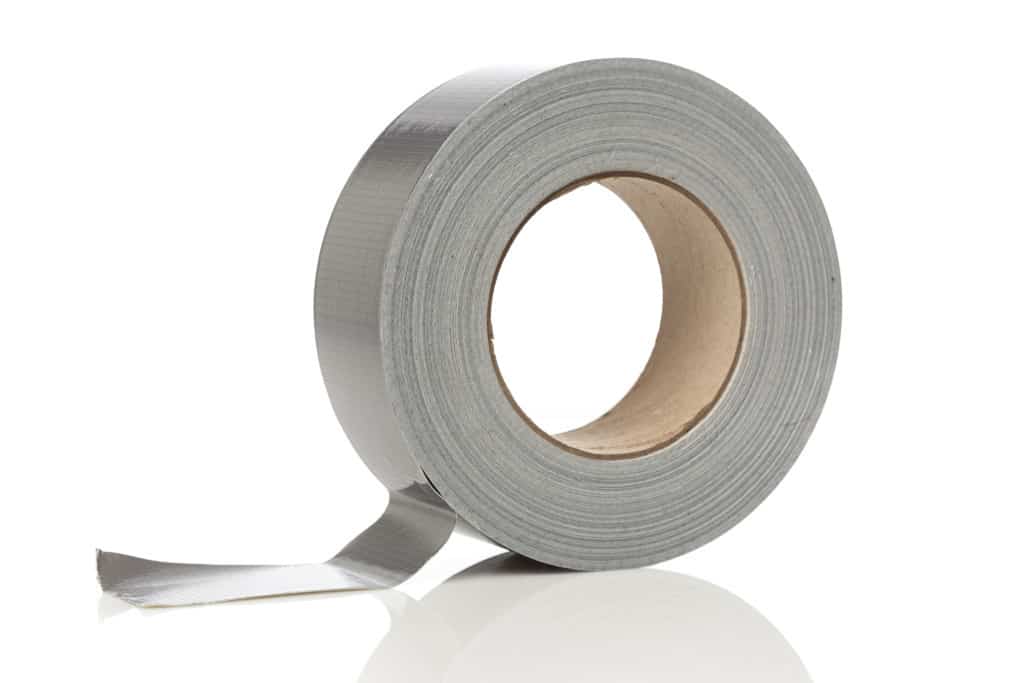
Fire from a Can of Coke and a Chocolate Bar
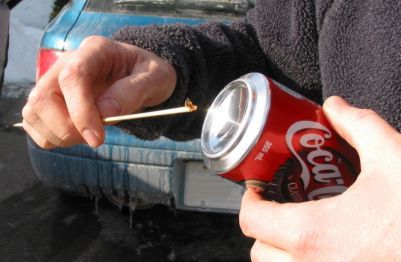
How To Make A Fire With A Gum Wrapper And A Battery
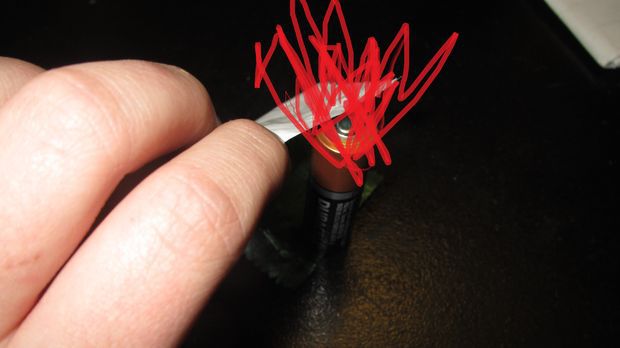
Keeping warm and dry – that’s the most important thing:
How to Avoid Being Wet and Cold When Camping
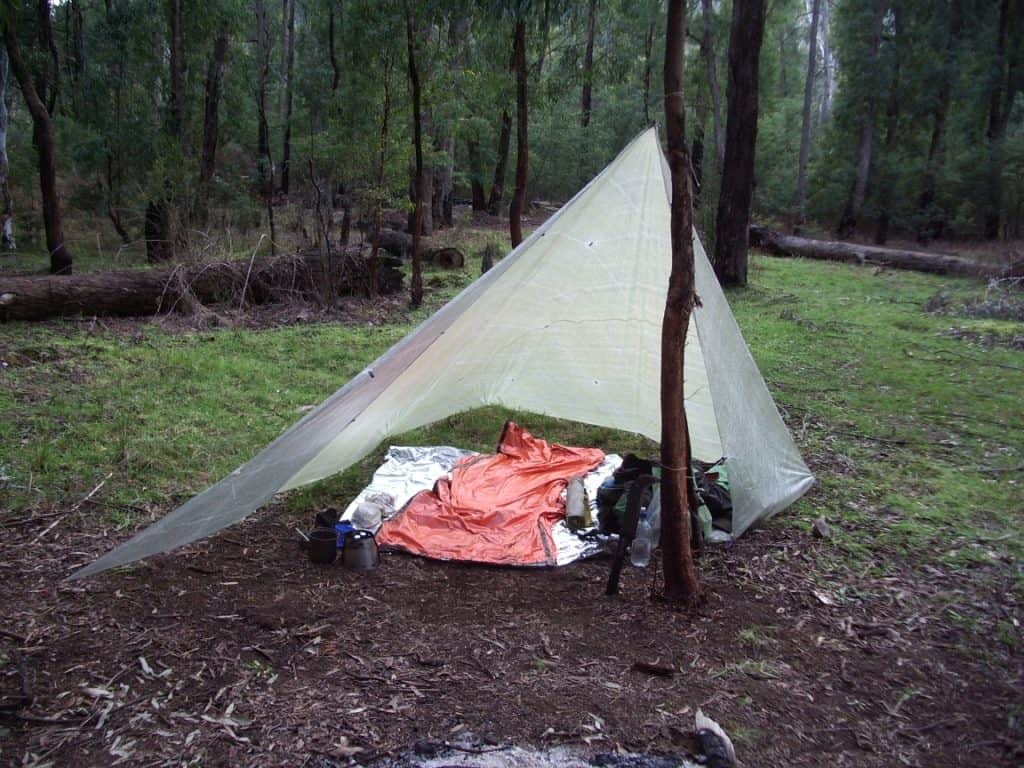
Wet weather is not all bad:
How to Have Fun When Hiking in the Rain
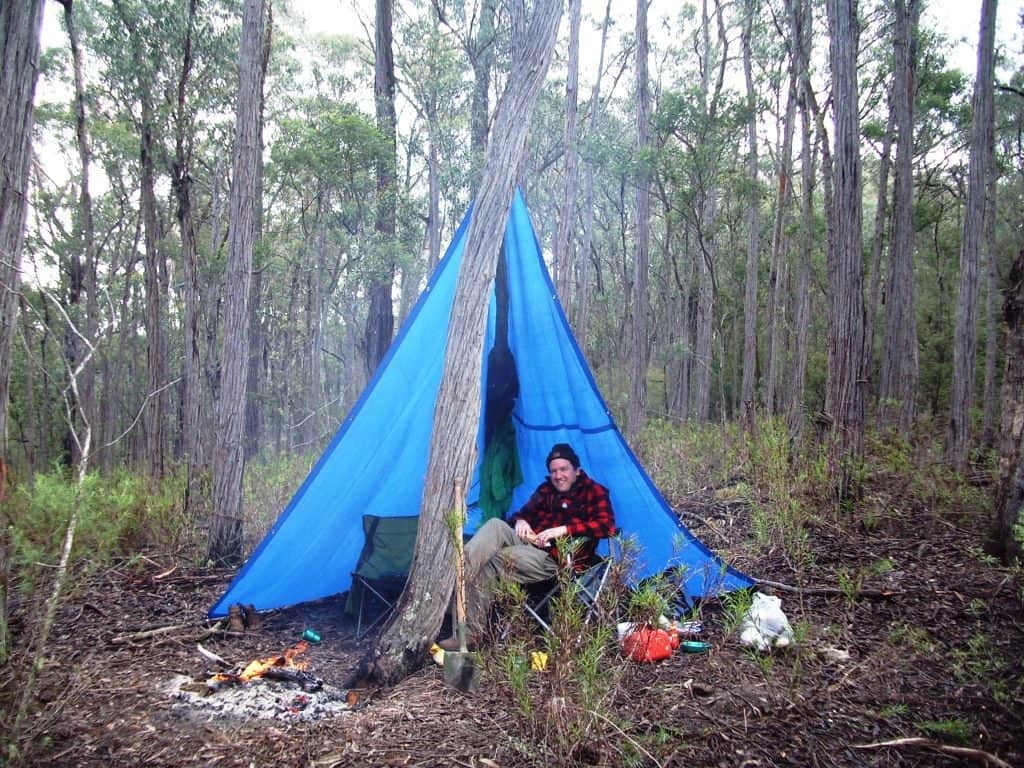
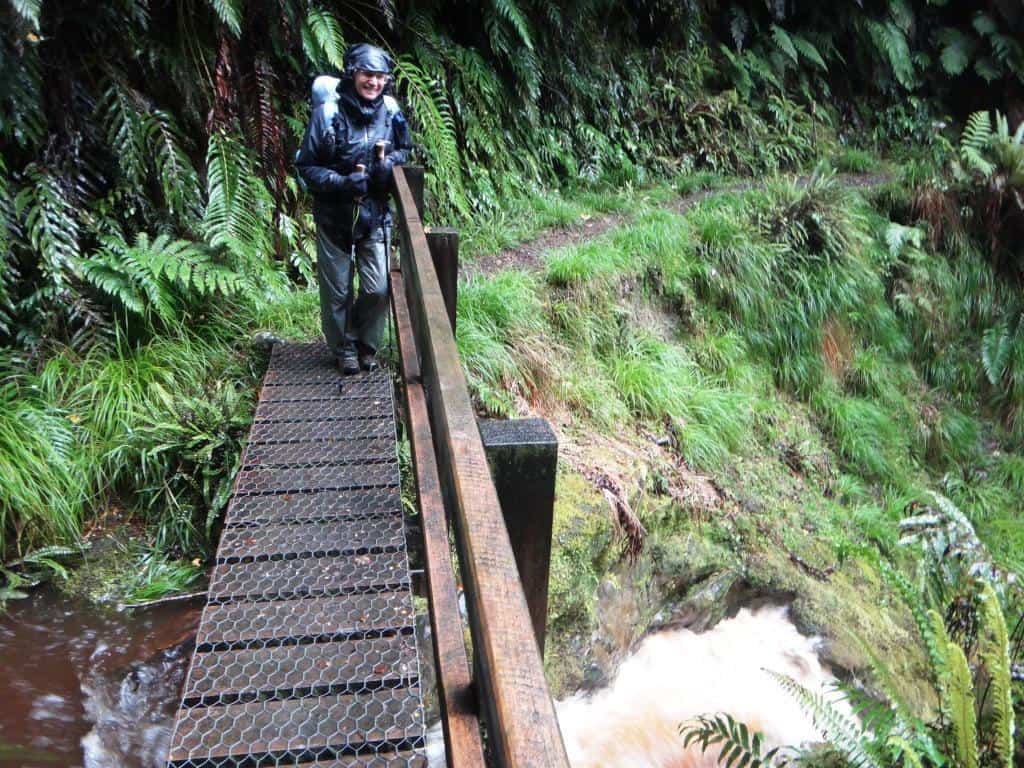
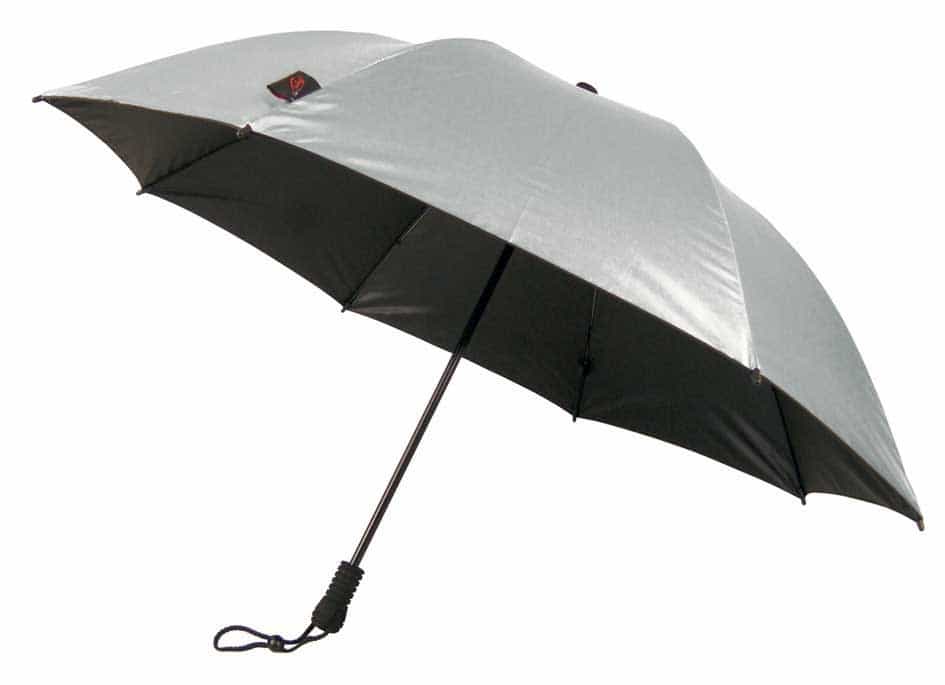
But you must be able to get out of it:
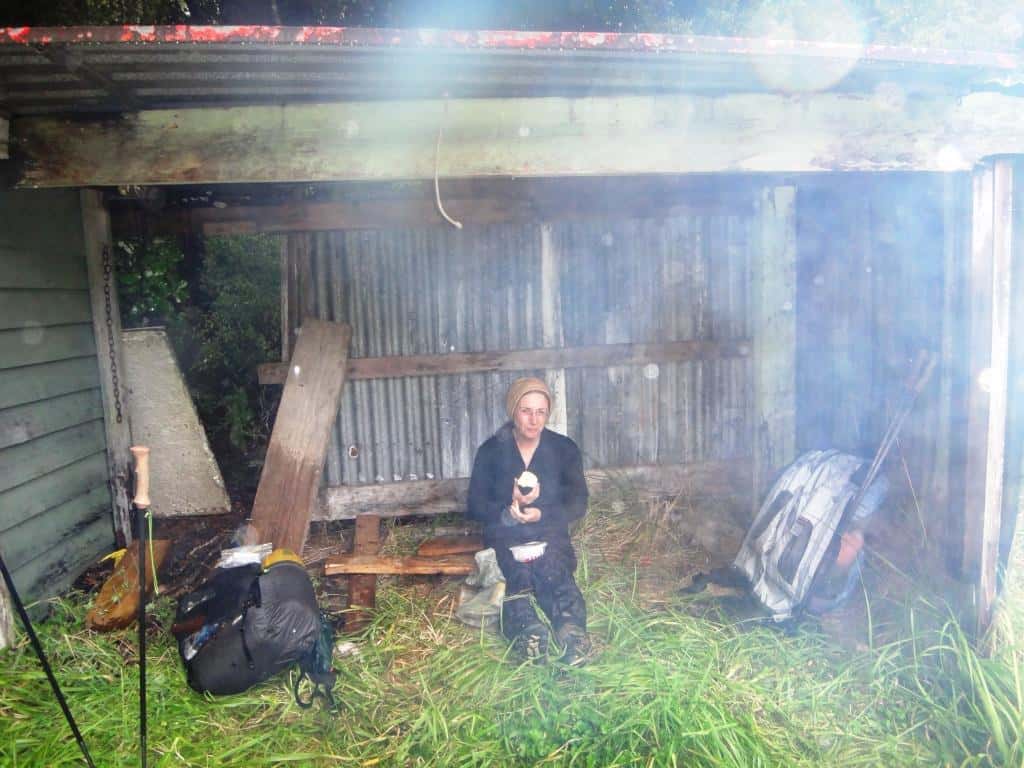
Even this will save your life:
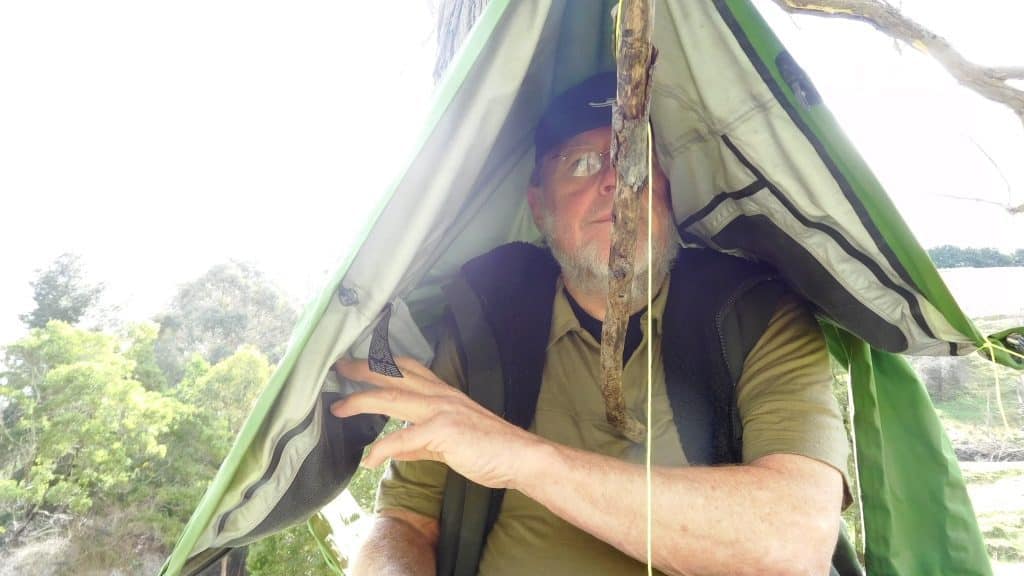
A neat idea:
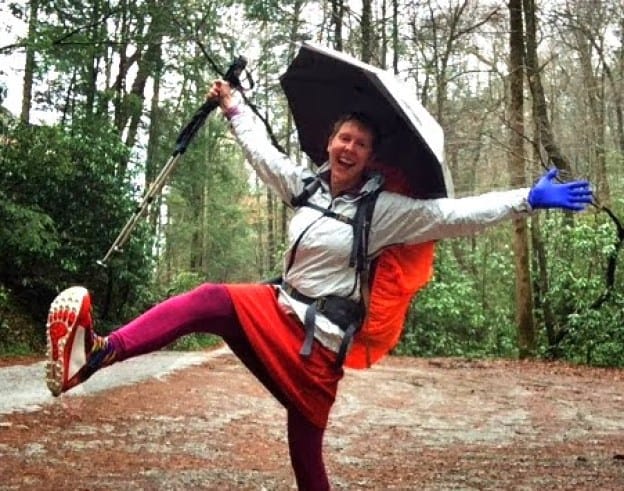
How to Survive Falling Through Ice
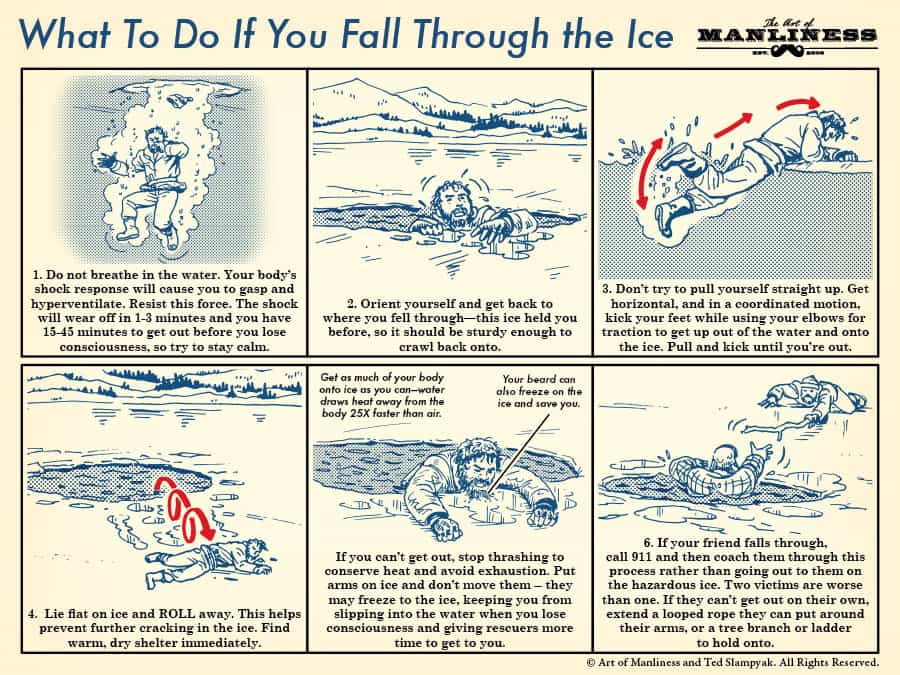
Streams can be dangerous:
River Crossings & River Crossings #2
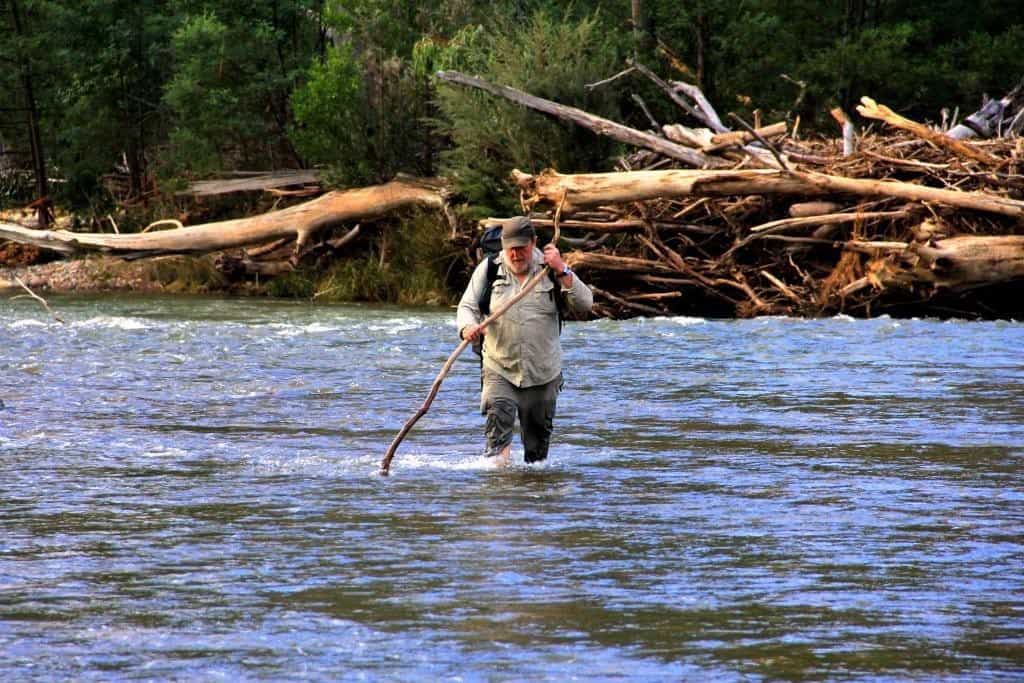
And Why You should Get Your Feet Wet When Hiking
How not to get lost:
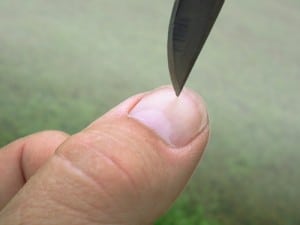
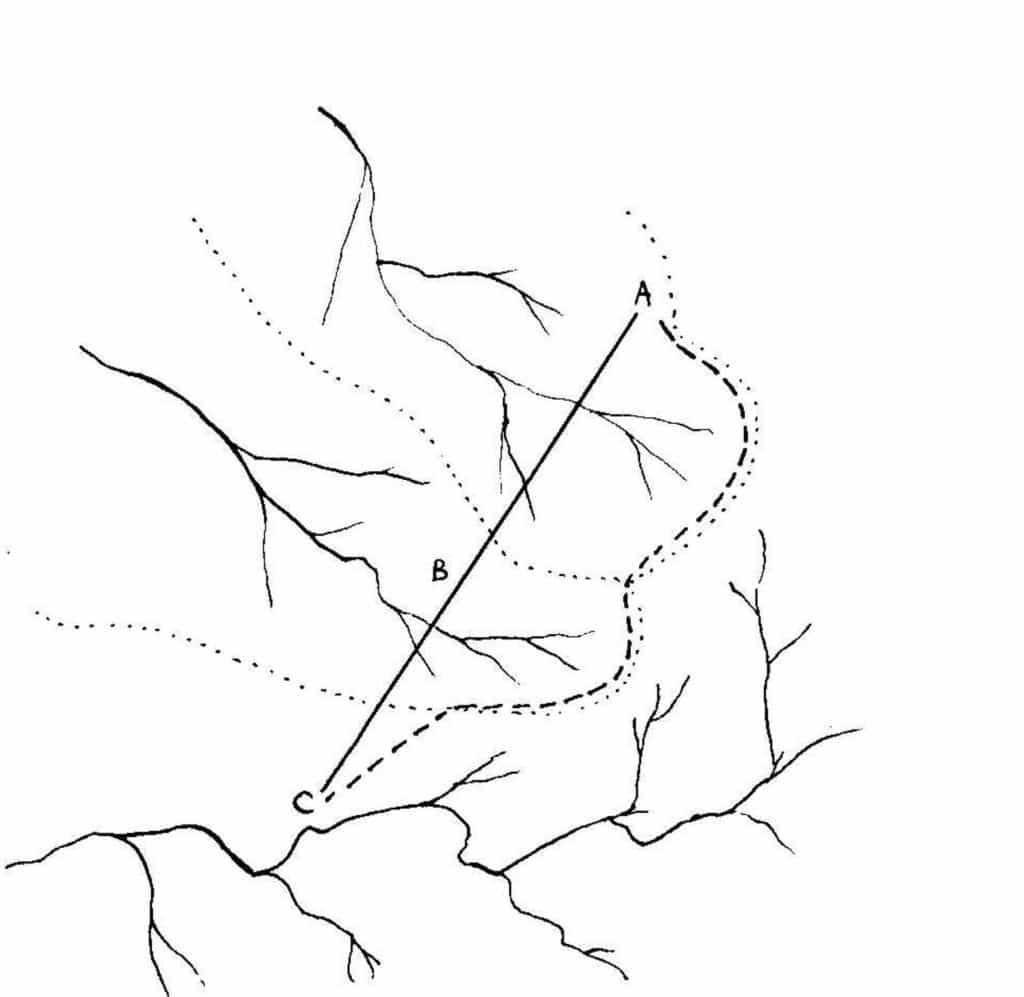
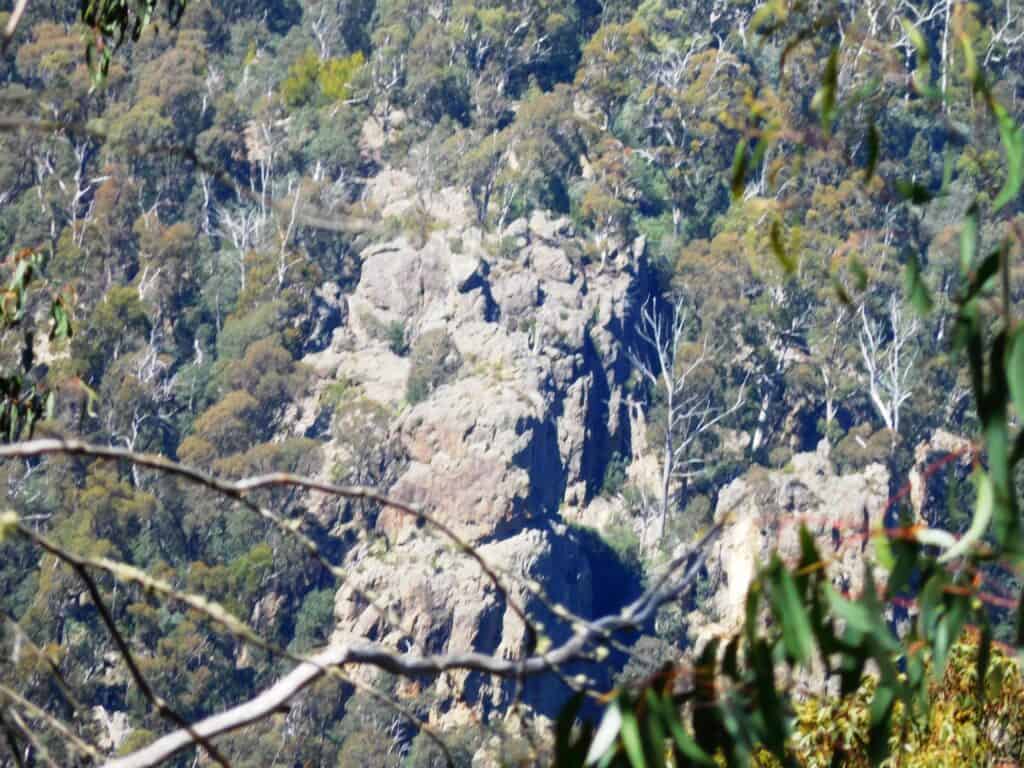


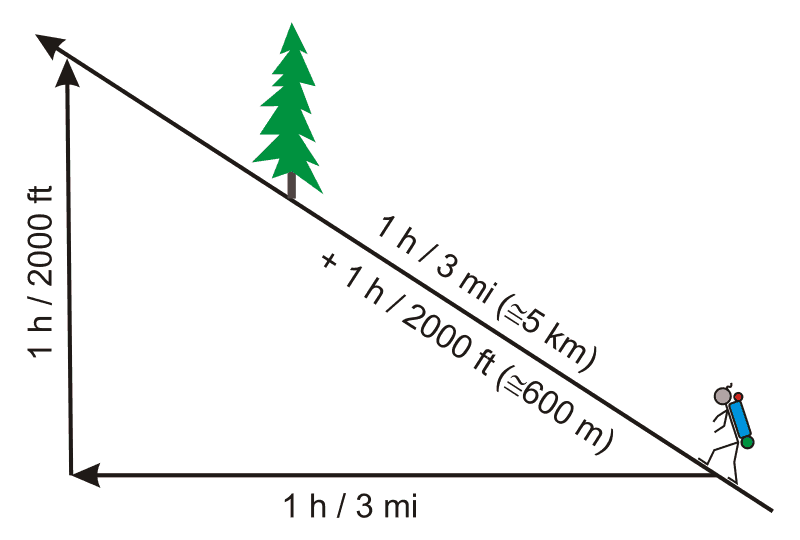
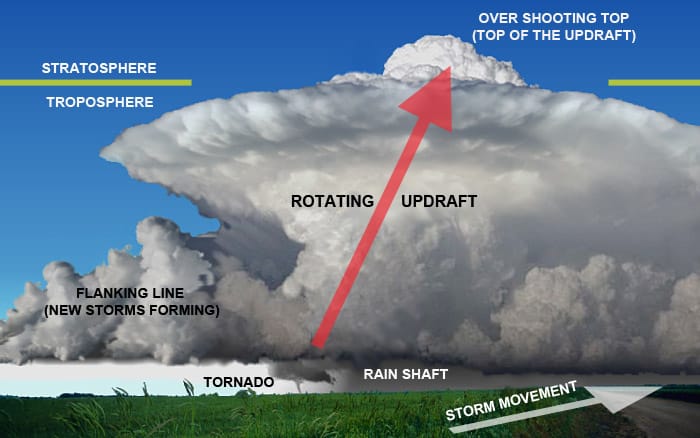
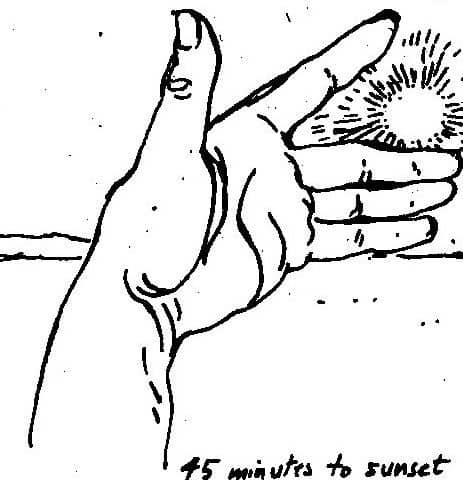
![]()

Mobile Phones & Apps for Hiking/Hunting
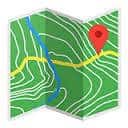
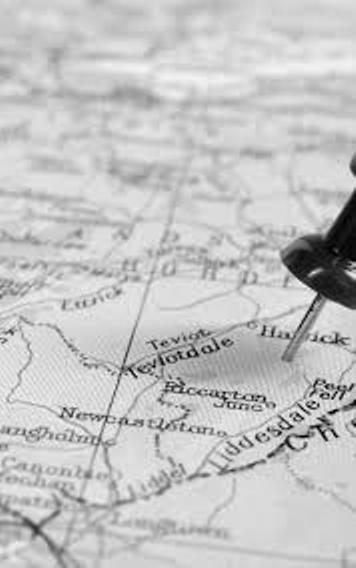
Never Get Lost – With Google Offline Maps

If you are in Australia you can download these free maps which will ensure you never get lost:
Geoscience Australia’s 1:250,00 Topographic Maps

Other countries often have similar free topographic maps. NZ for example.
Amazing Mobile Apps: Altimeter, Barometer and Thermometer
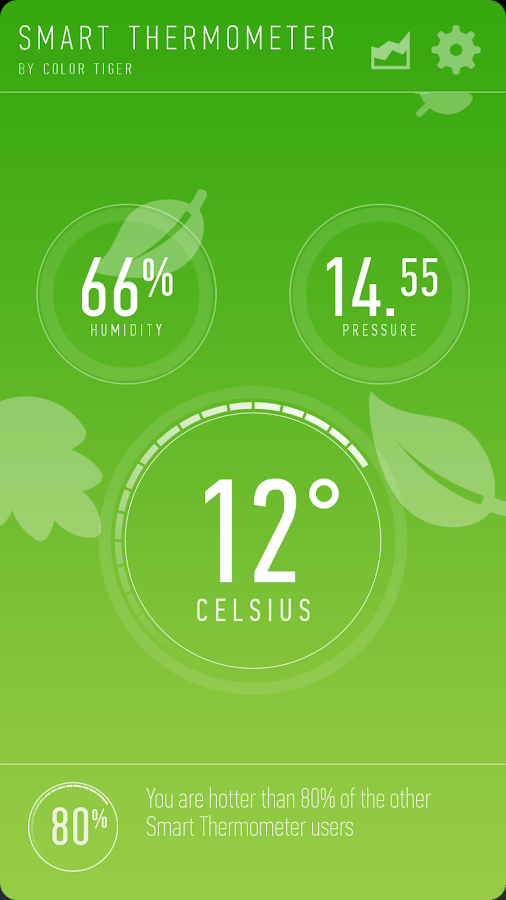
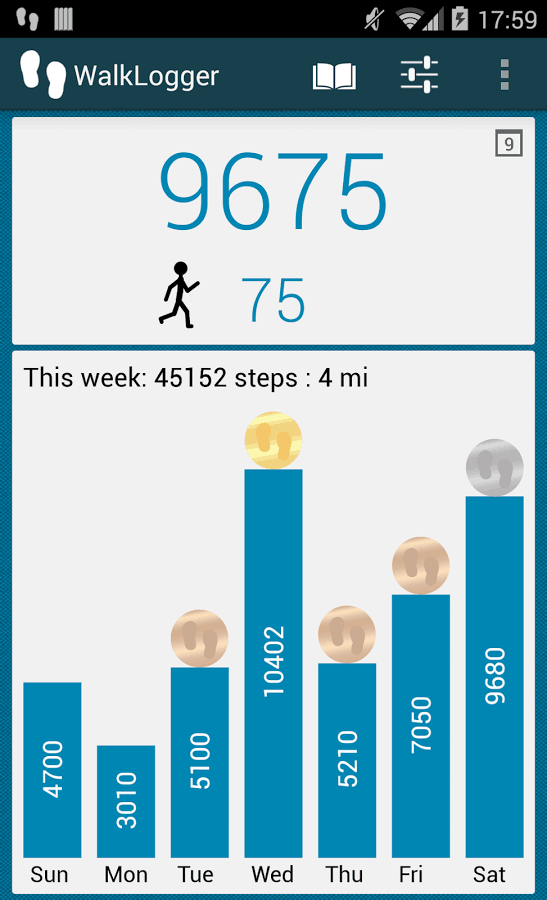
Be sure to load an App which allows you to re-trace your route.
This is my favourite phone -as you can see it fits in your fob pocket so it is very difficult to lose or break:
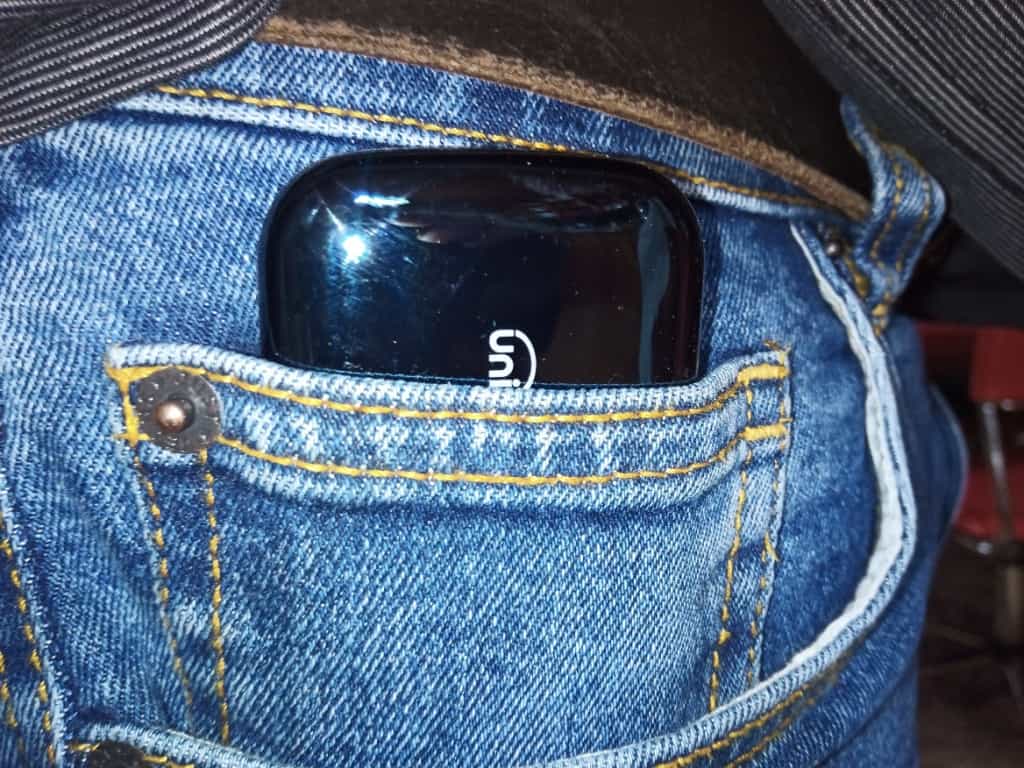
This is a useful device for group communication if there is no phone service, only 50 grams and gives 10 miles of range:
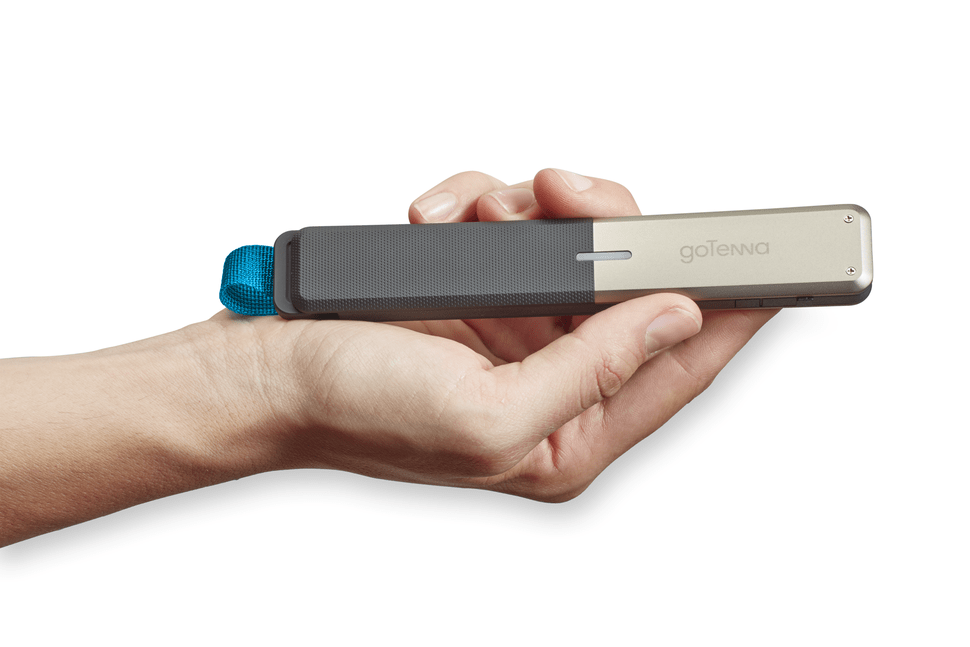
Yes you should have an epirb or plb
Get Lost. Get Found: Best Plb/Epirb
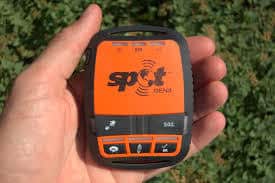
But frankly, get one you can talk both ways on like this:
The Poor Man’s Satellite Phone
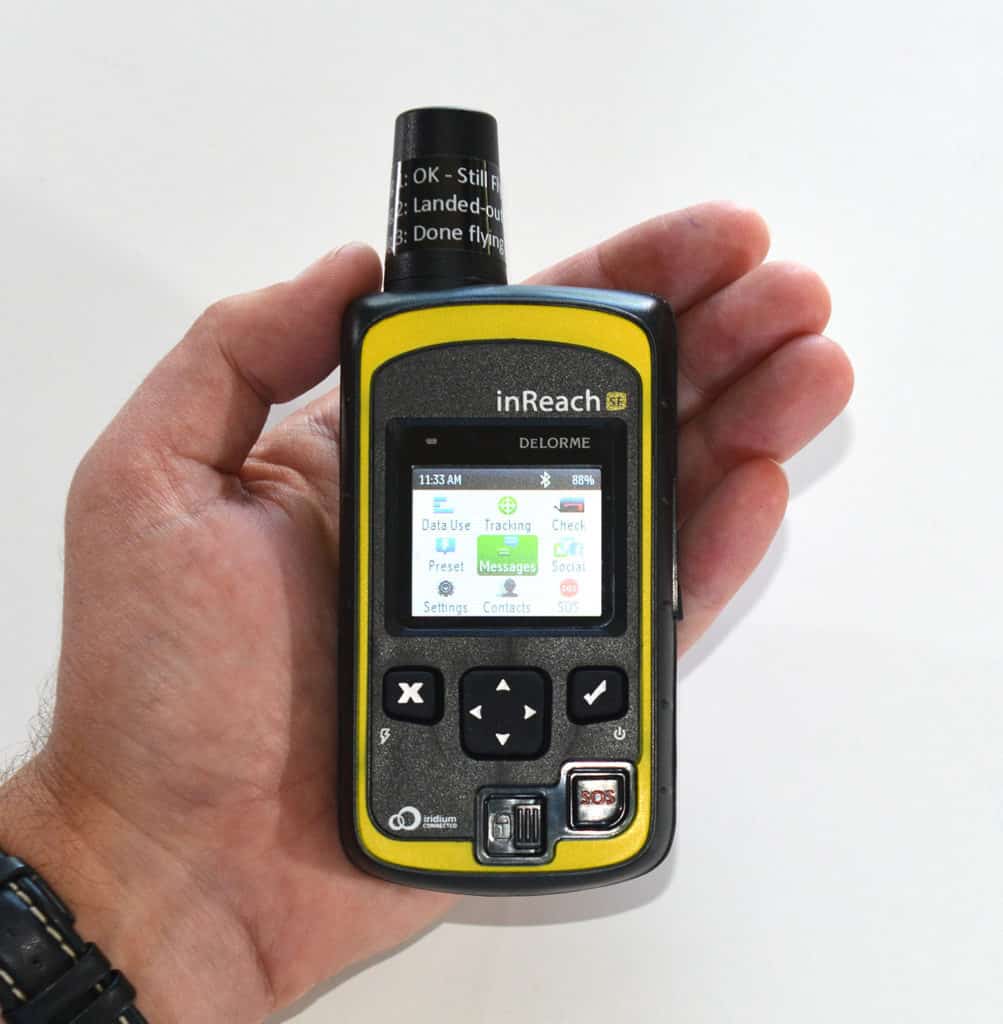
Frankly, I carry a sat phone as well for extra safety. I have had failures, you see. Now an
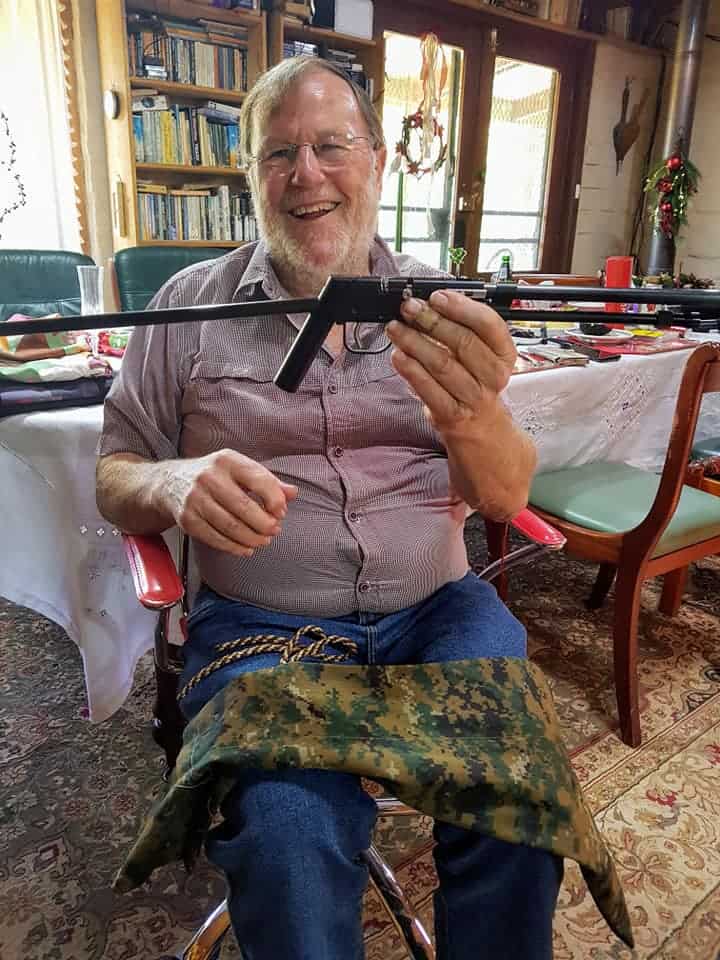
But remember,
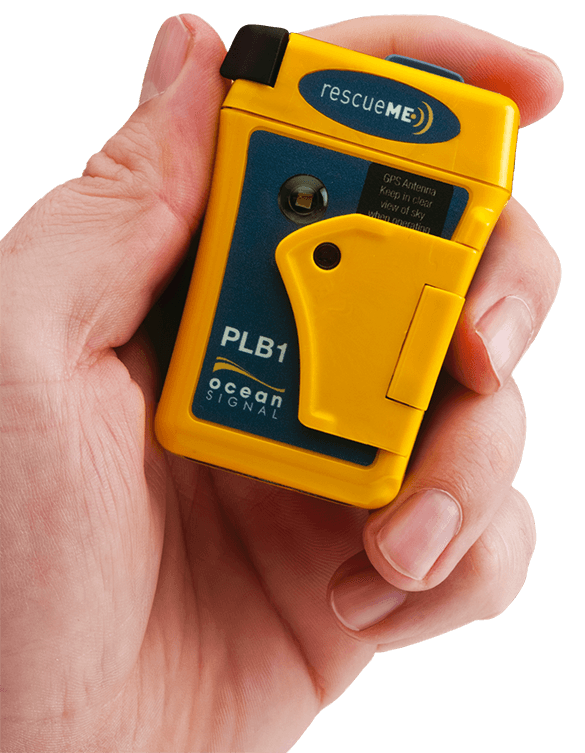
There are situations these can be handy too:
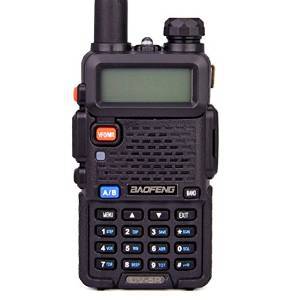
And just an old-fashioned radio you get get the news and weather reports on is good. This one will bring in stations from anywhere in the world
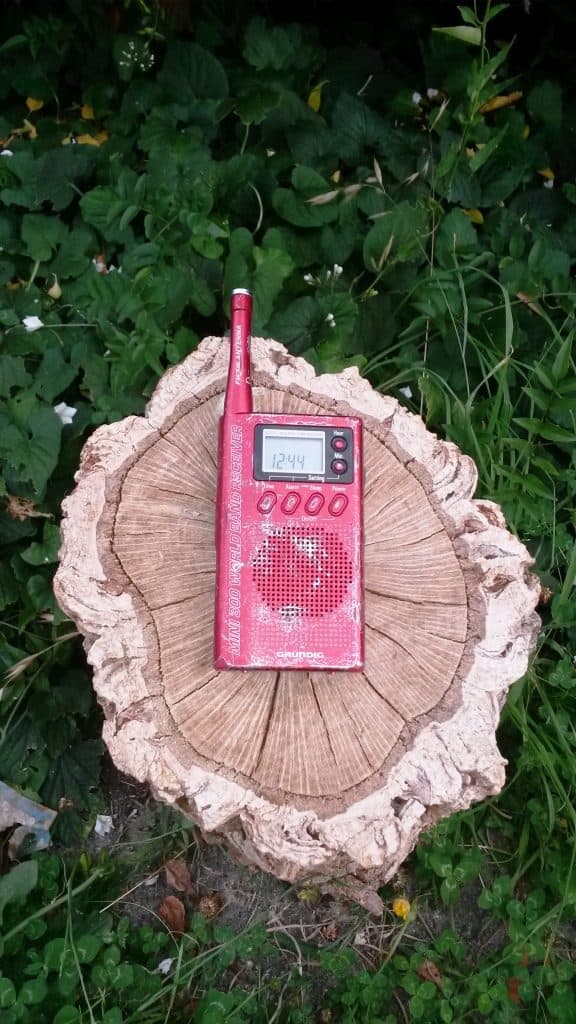
Some times you need to make some shelter. Here’s how:
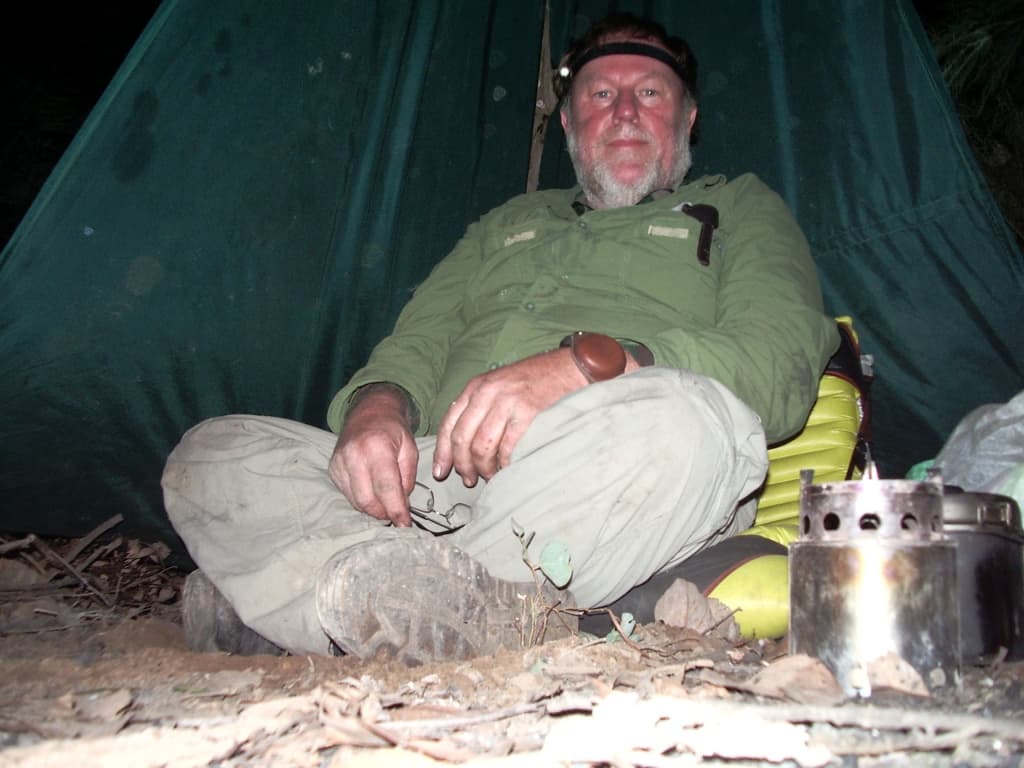
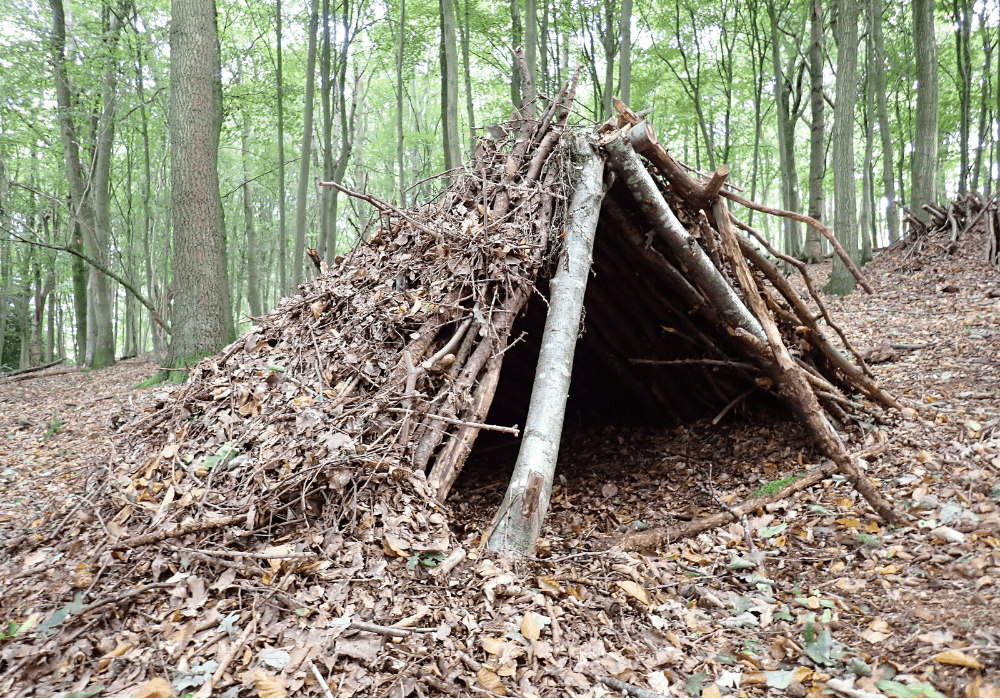
Or carry some shelter even if you expect to be sleeping in huts etc. You may not get there or they may not be there when you do! I have experienced both of these situations.
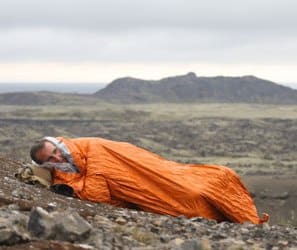
Survival Shelter: Escape Bivy 157 grams to save your life
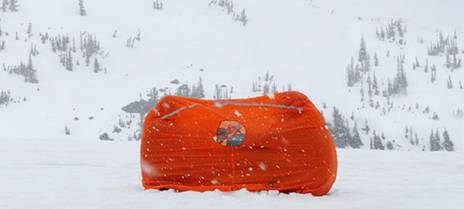
New Ultralight Survival Shelter
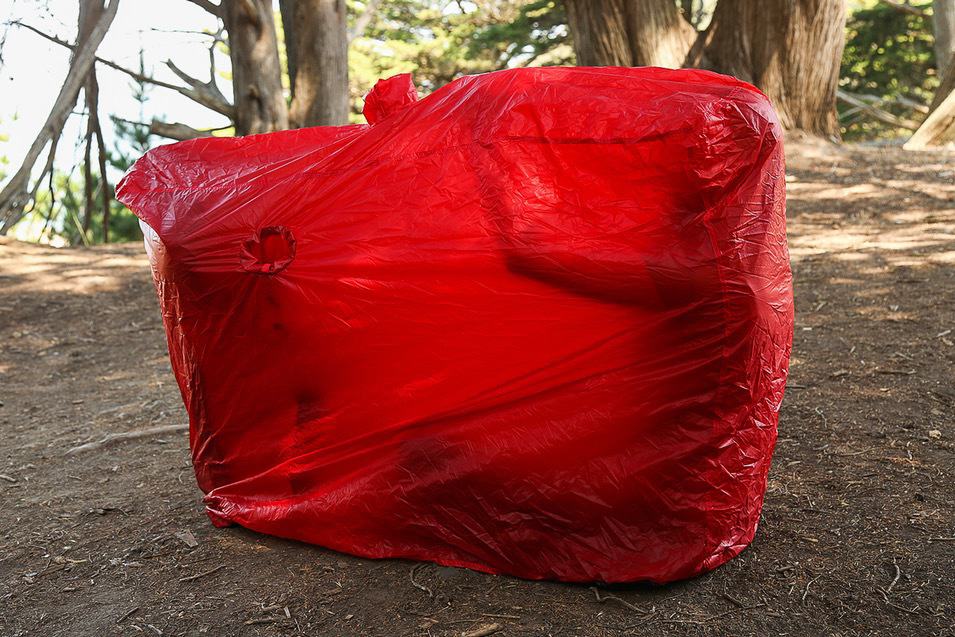
Learn how to do this (you can even do it with a mylar survival blanket which will also double as a rain coat – only 50 grams each. Take two)
Pitching the Poncho: Warning: This may save your life
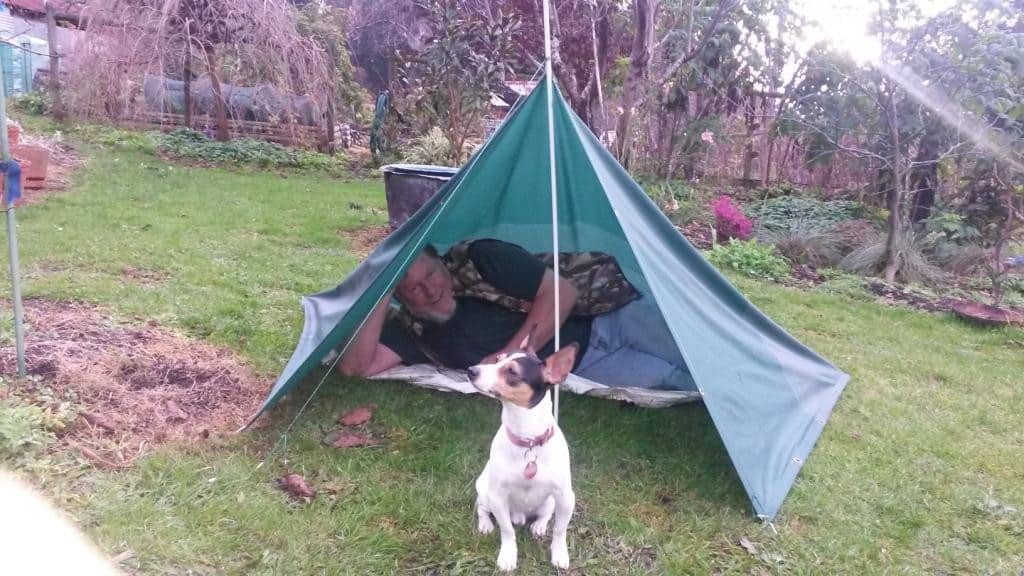
Or make one of these for $10 instead of buying that expensive hiking tent. It will work just as well, probably better.
Poly Tent by The Ultralight Hiker on the Cheap & Ultralight Hiking on a Budget
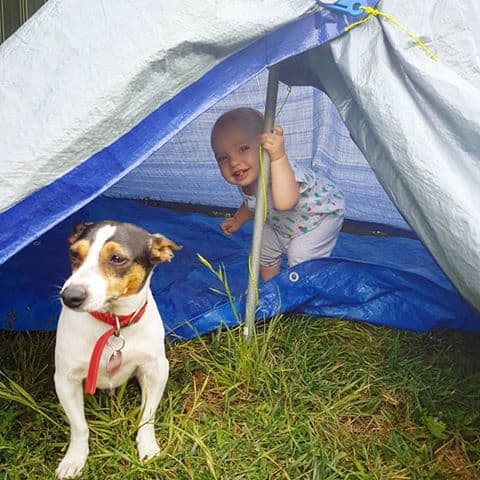
Try this too
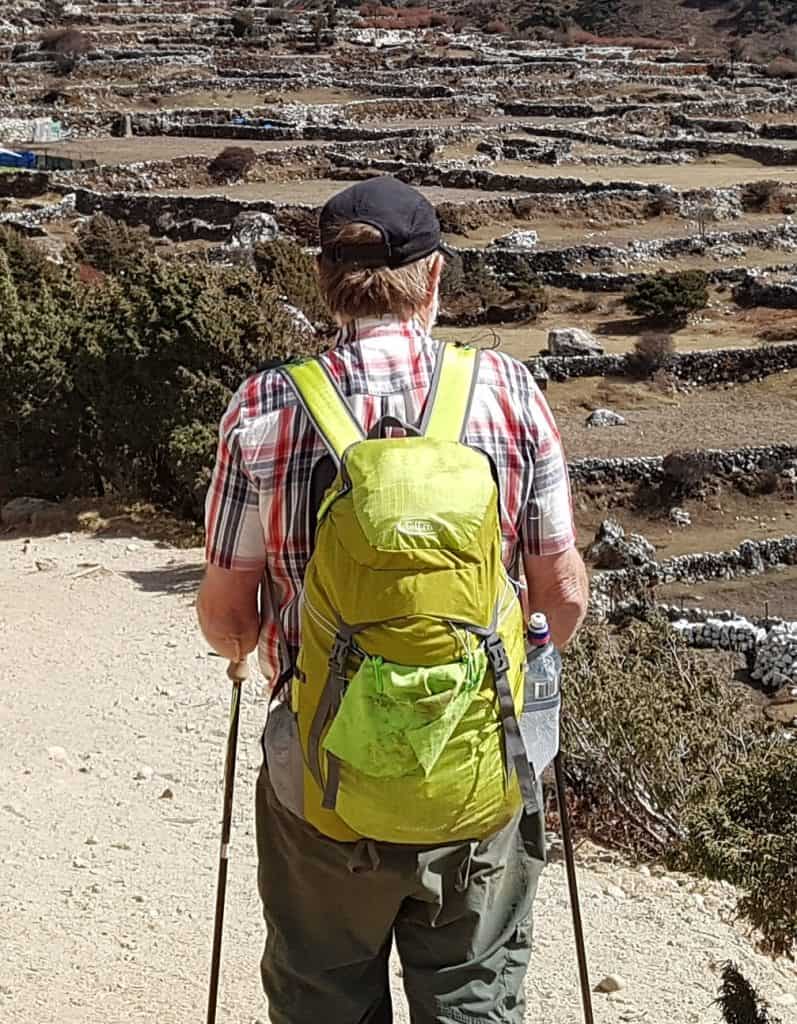
Or you may need to clean up the water, but…

Or actually make or find water
Water: Hiking Desalinater or Survival Still
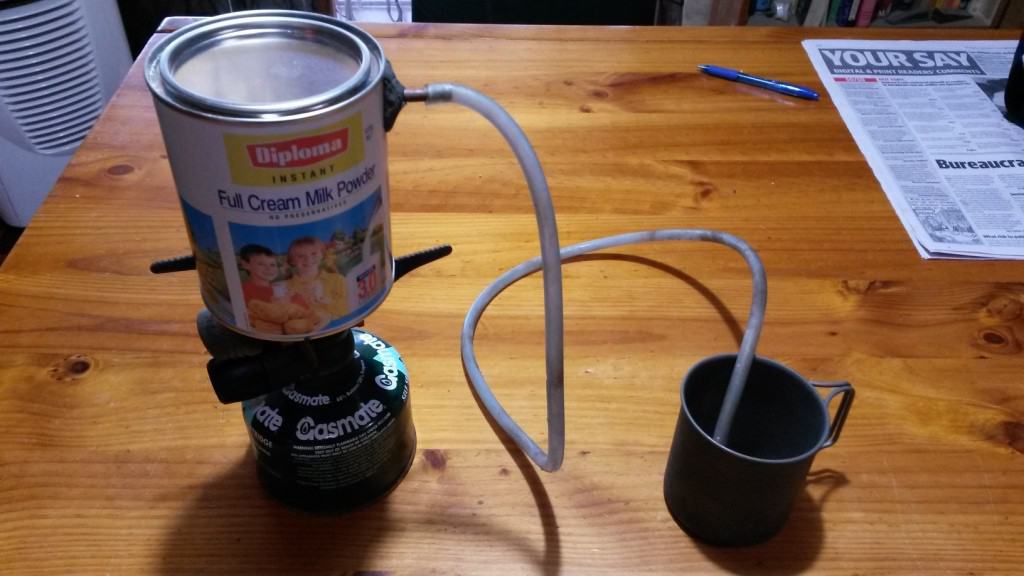
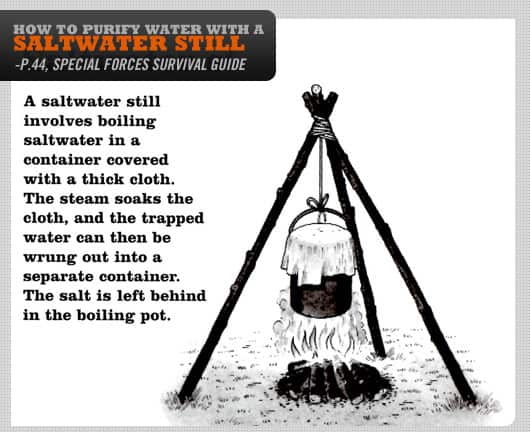
Here’s how:
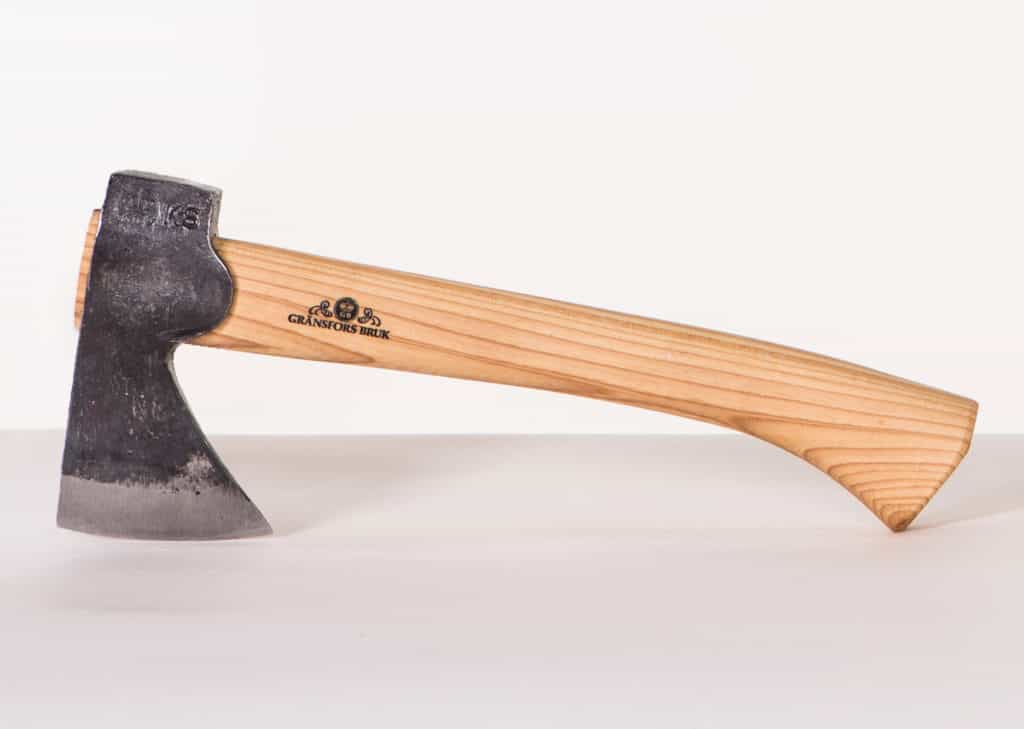

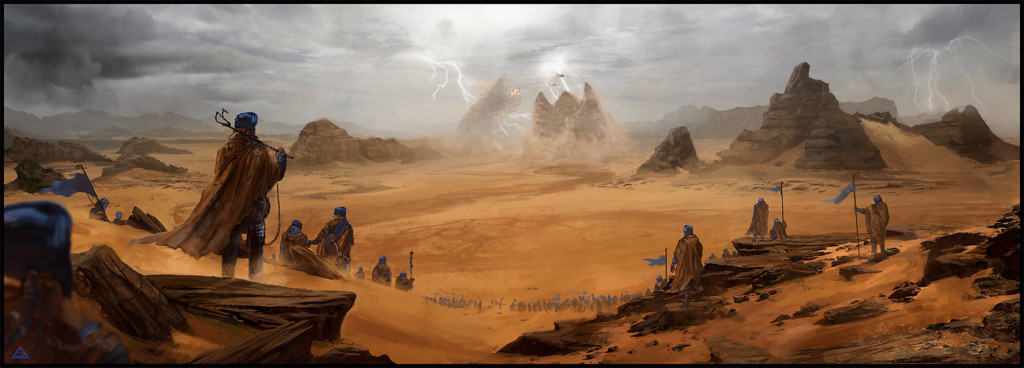
Water: Rivers in the Sky: Never die of thirst
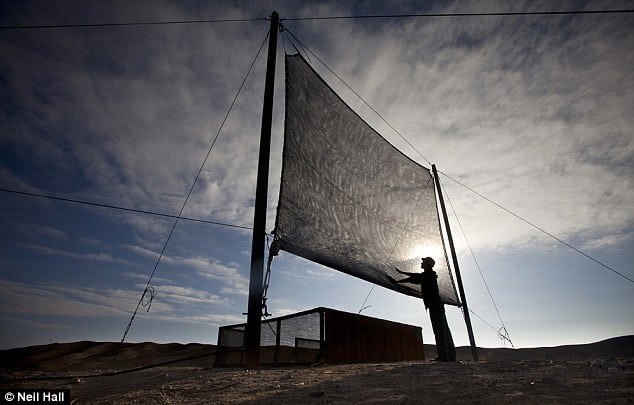
A useful tip:
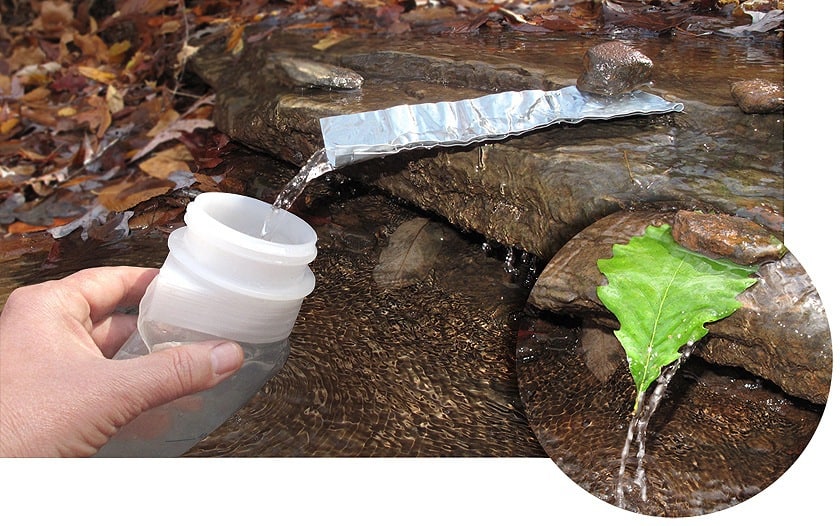
You also might need to find some food. Fish are great:

These are great hooks
Dual Action Survival Fish Hooks
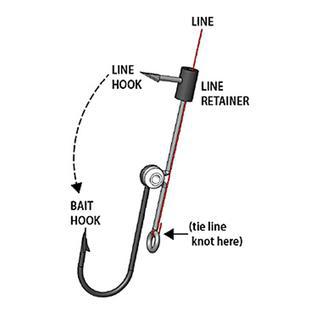
There are smaller things:
Ghost Shrimp and Other Small Fry
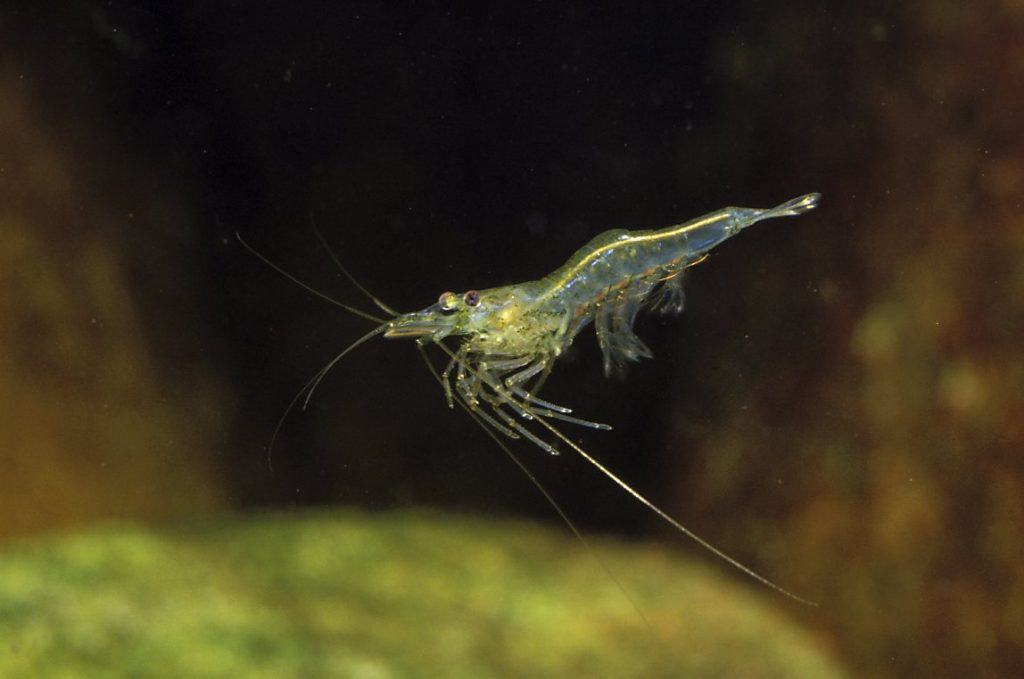
Or find other
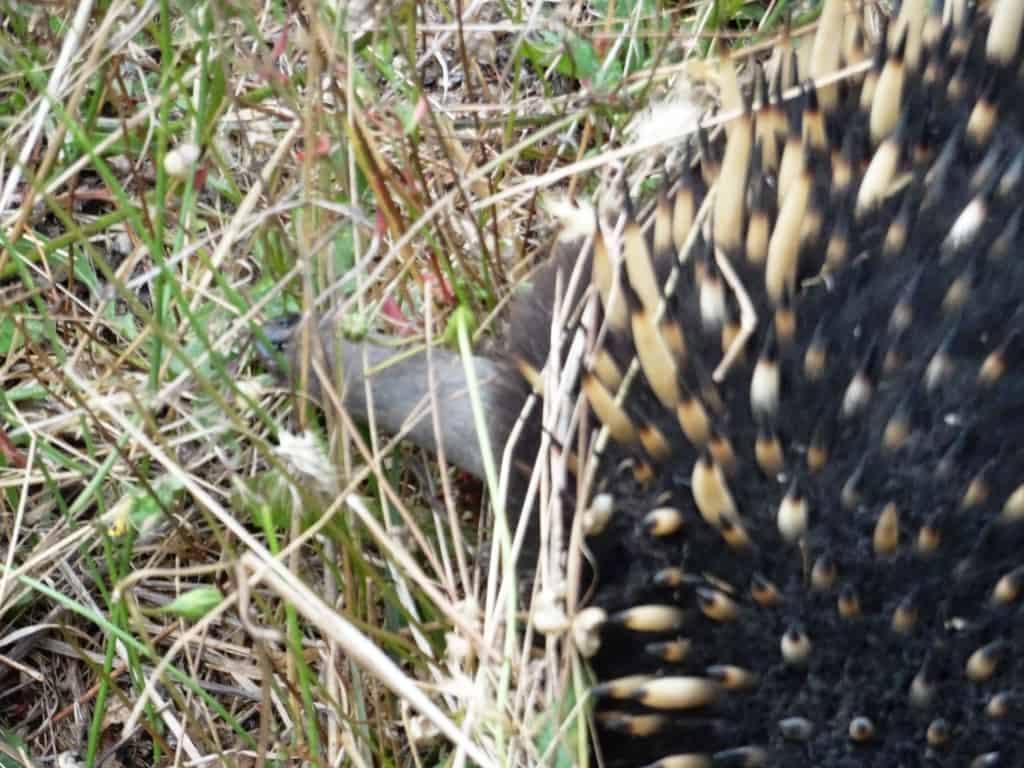
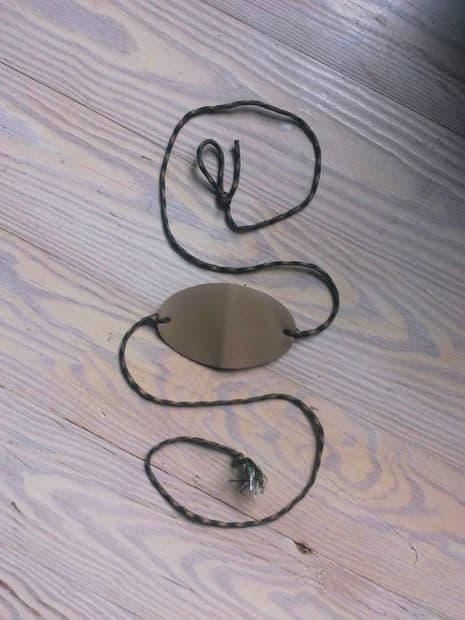
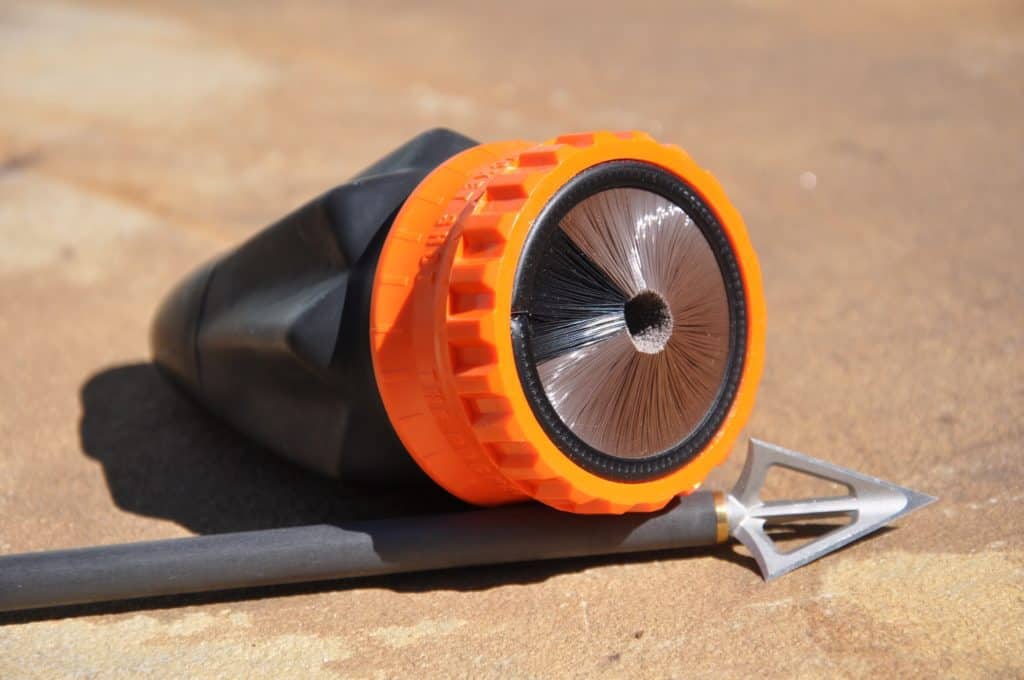

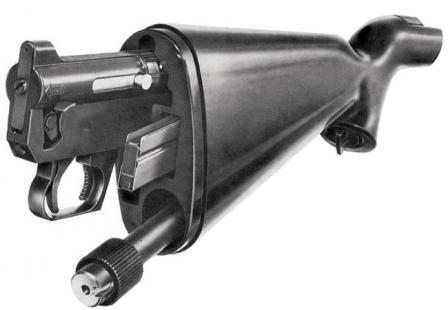
Staying healthy is an important key to survival, accordingly think about
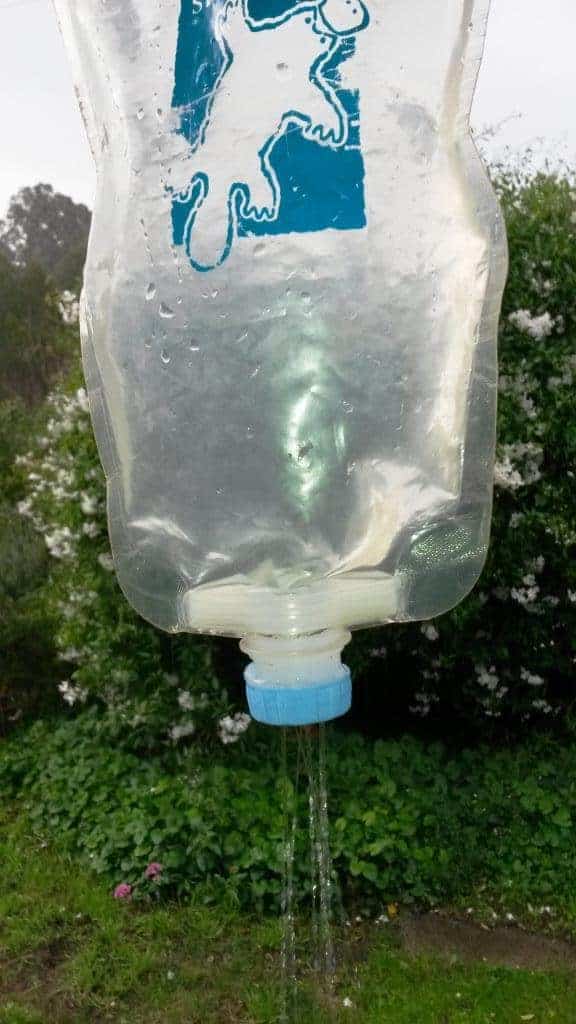
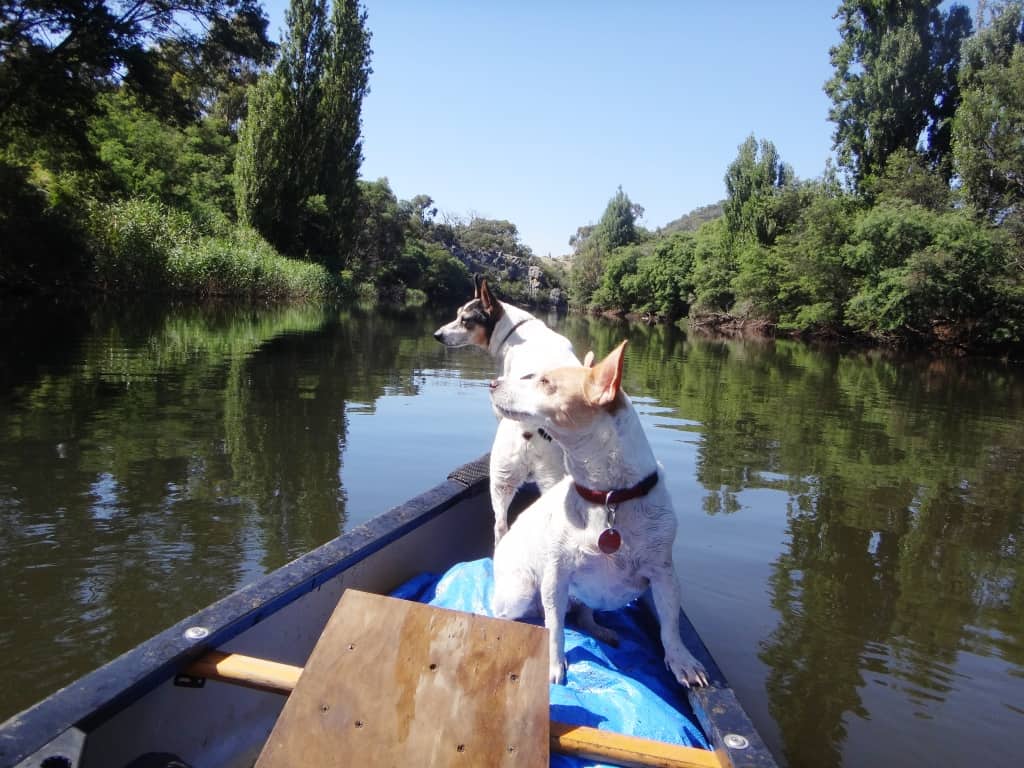
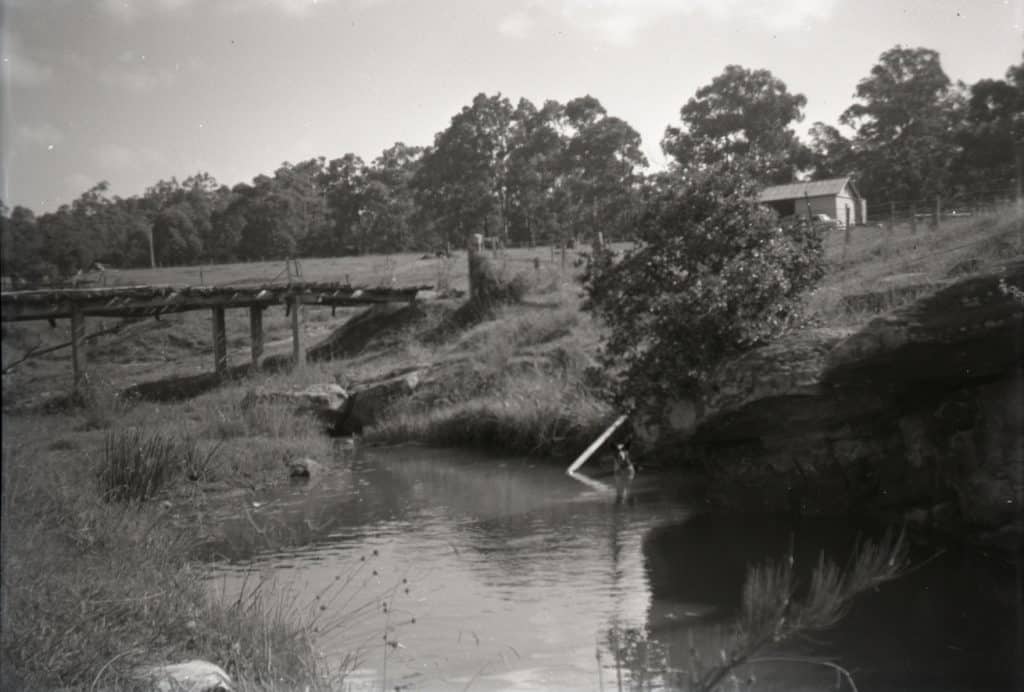
A couple of useful ‘tricks’
Catching Your Breath – Walking Uphill
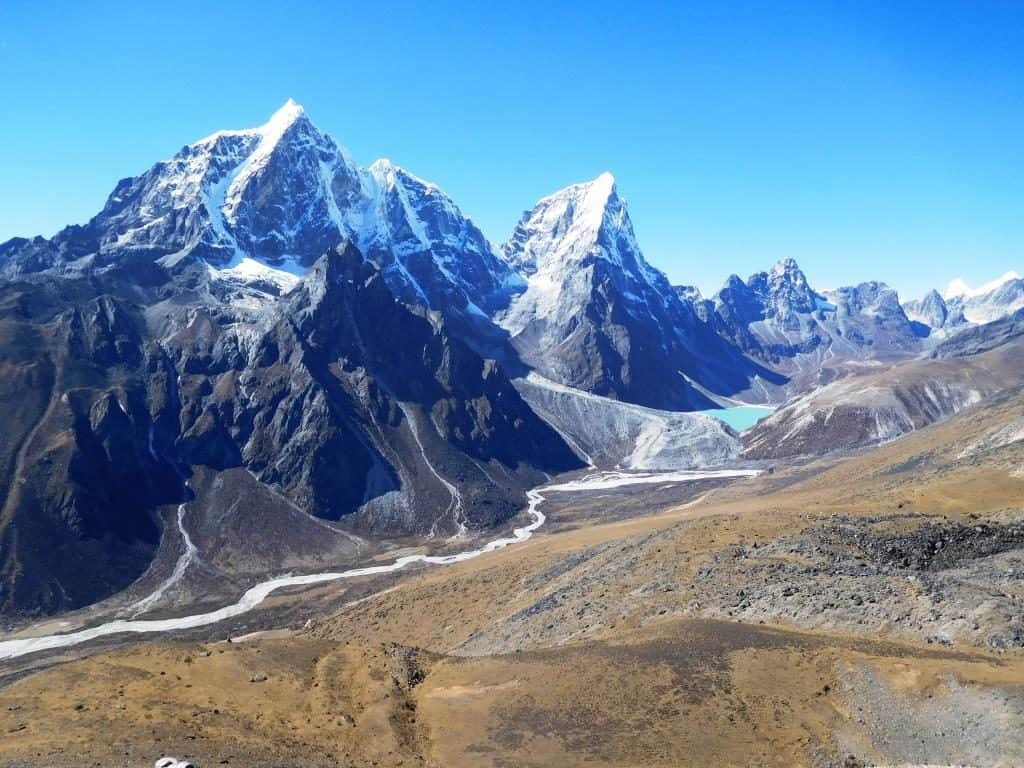
Breathing Trick That Puts You to Sleep in Seconds
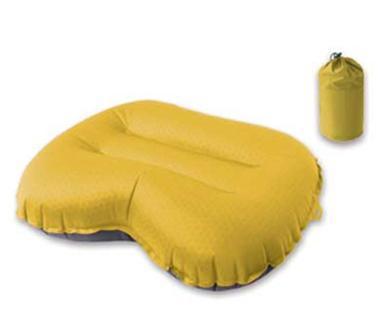
Preventing Batteries From Going Flat at High Altitudes
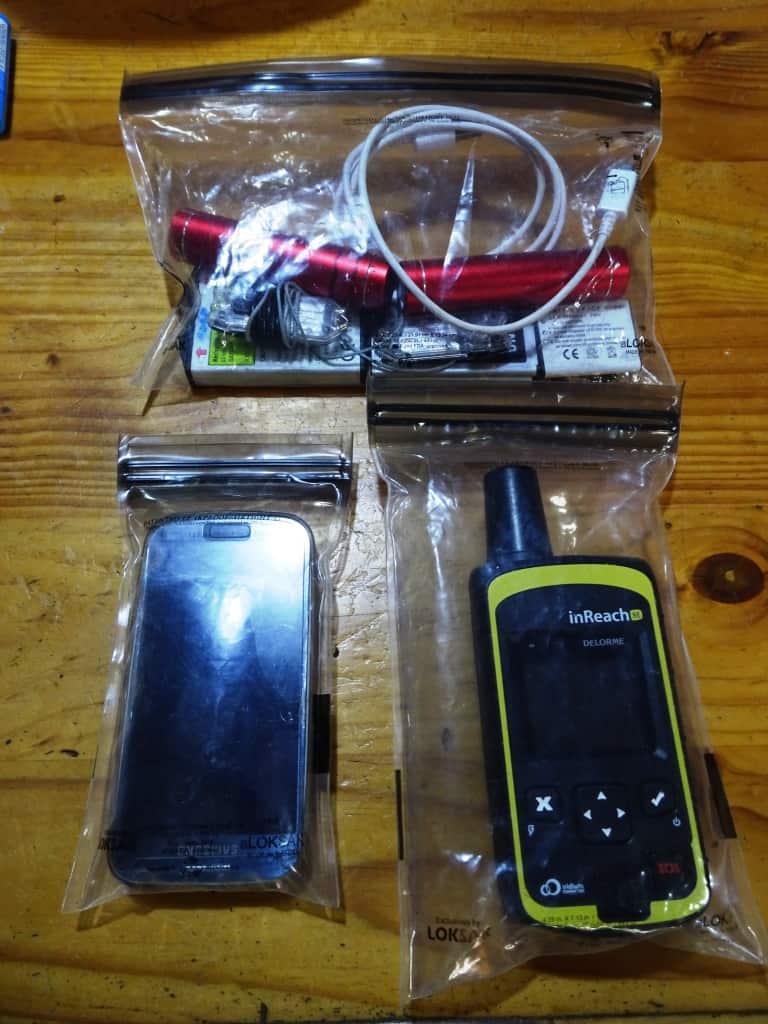
Comfort is important. If you are well rested you will survive handsomely:
A Soft Pillow and a Warm Bed Under the Stars
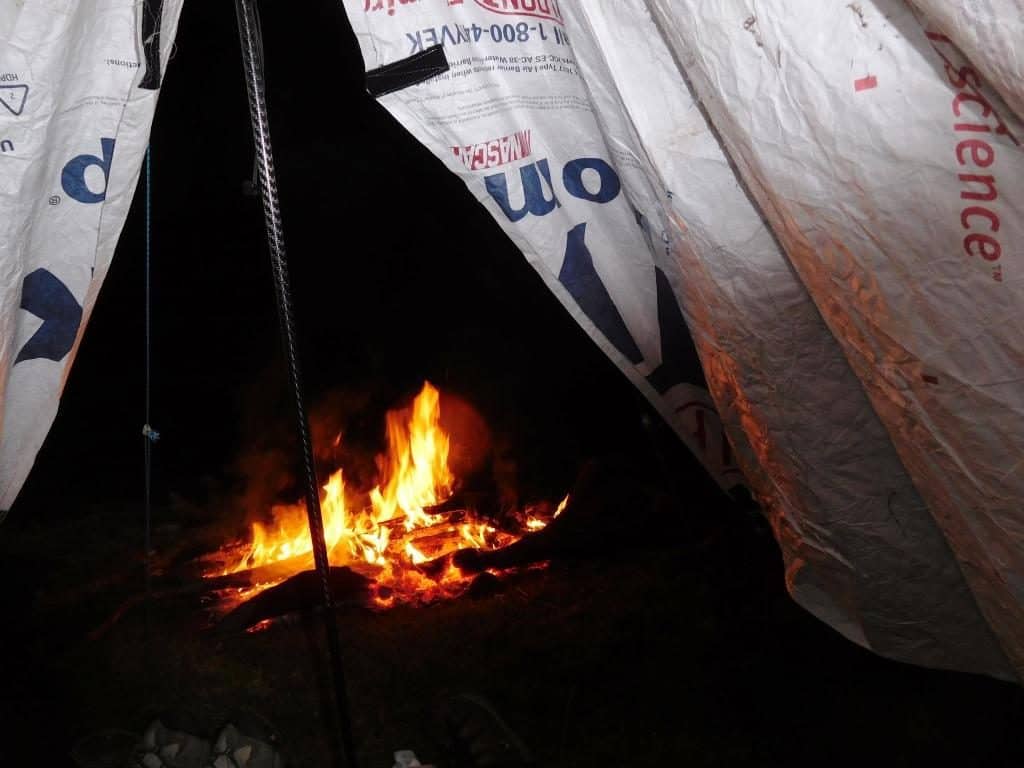
Mastering the Hiking Energy Budget
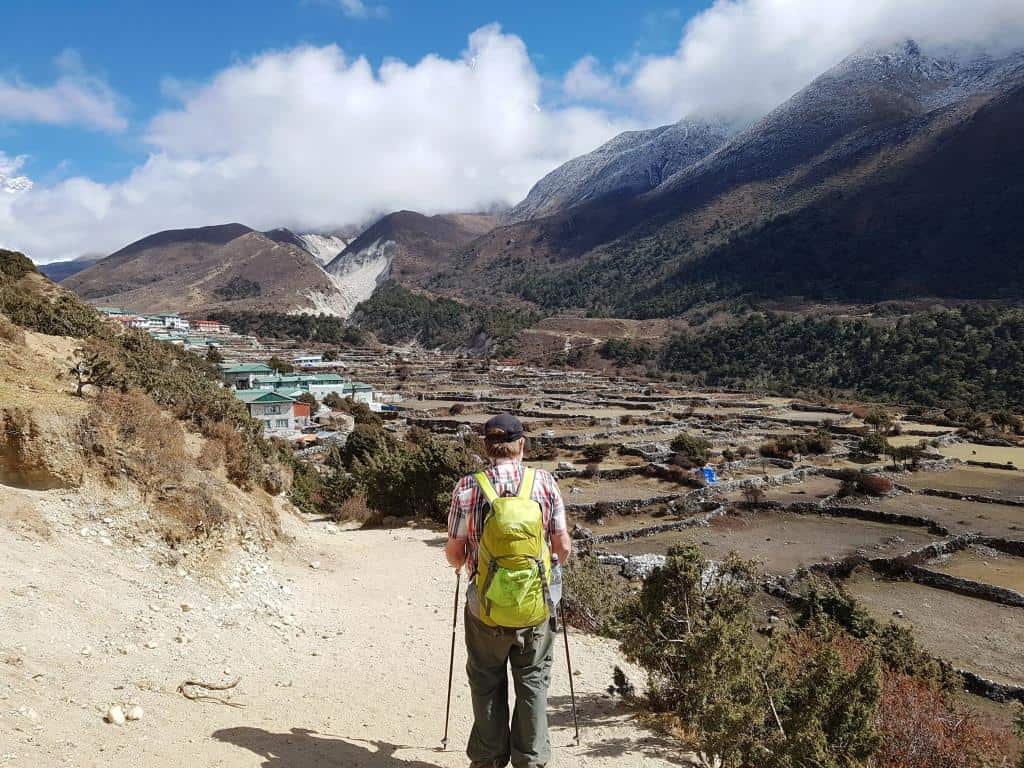

A Lazy Man’s Guide to Hiking and Hunting
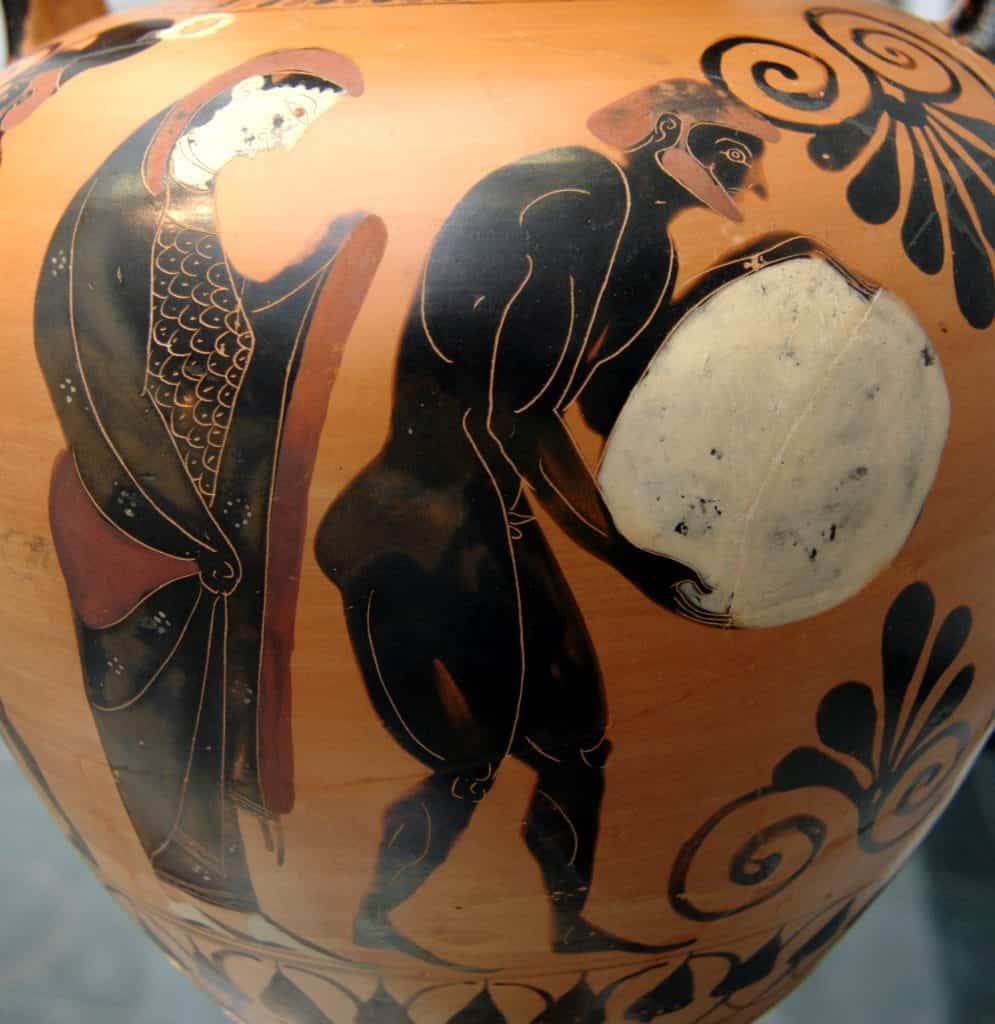
Never Lose You Hearing Aids Again

Also, carry a spare pair of glasses. They don’t have to cost the earth:

Some basics
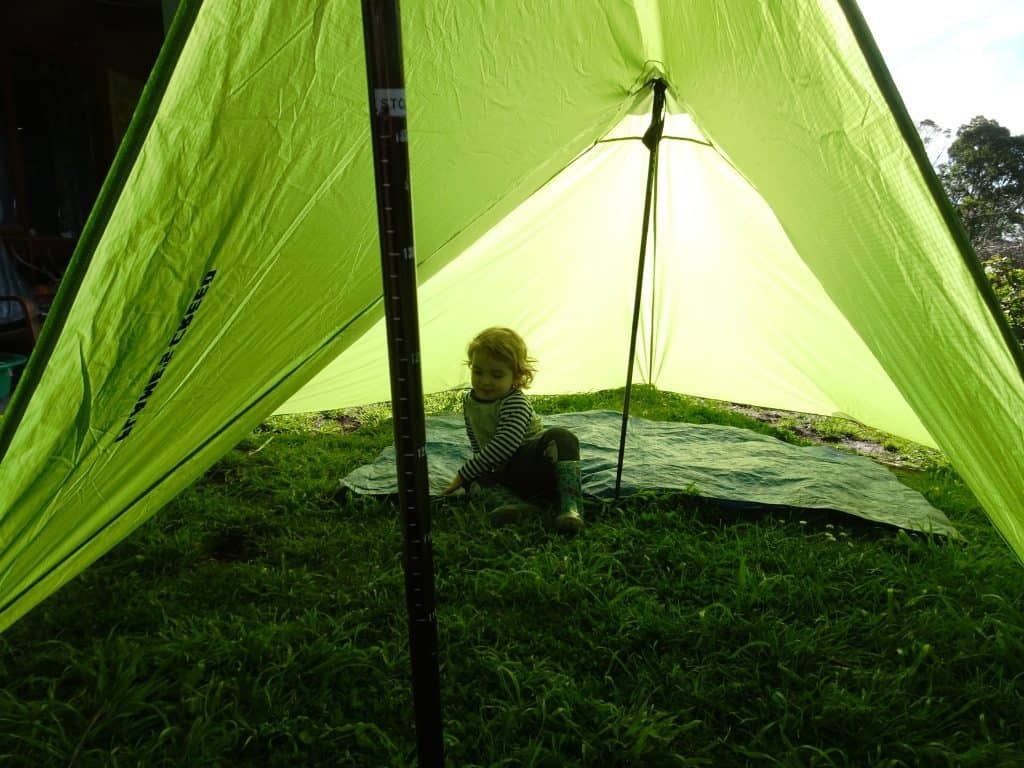
Woodcraft: George Washington Sears

Pests can be a problem


Insects Can Ruin a Camping Trip
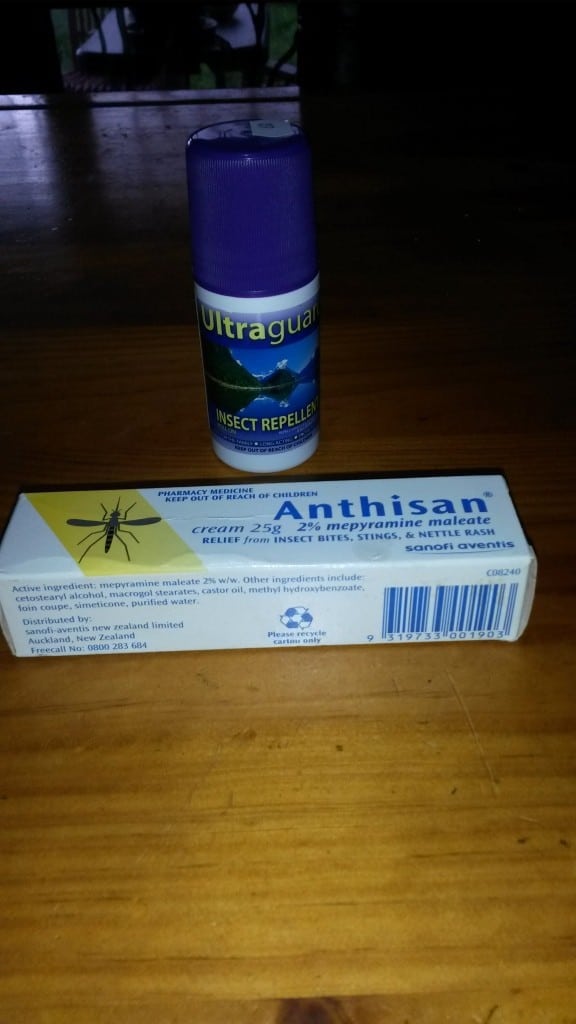
First Aid is a good idea:
How to Treat a Gunshot Wound: Part 2
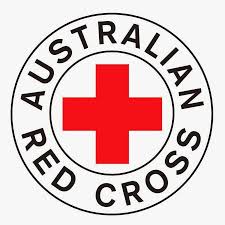
Problems with water crossings:
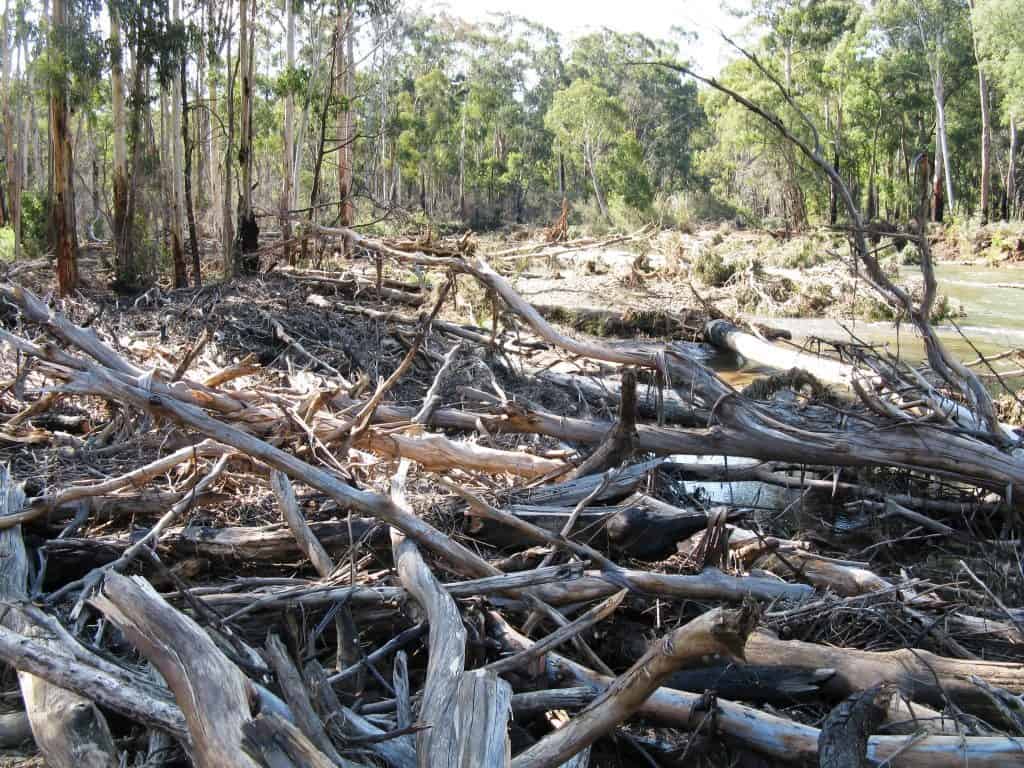
You might need to make a boat:
More Emergency Boats: The Tarp Boat
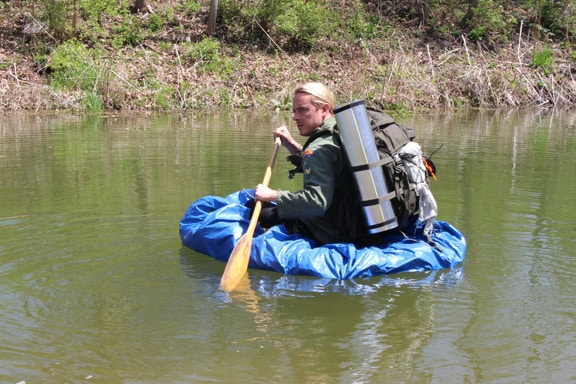
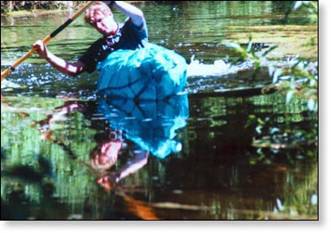
Other ‘disasters’ we have encountered and survived – there are many more:
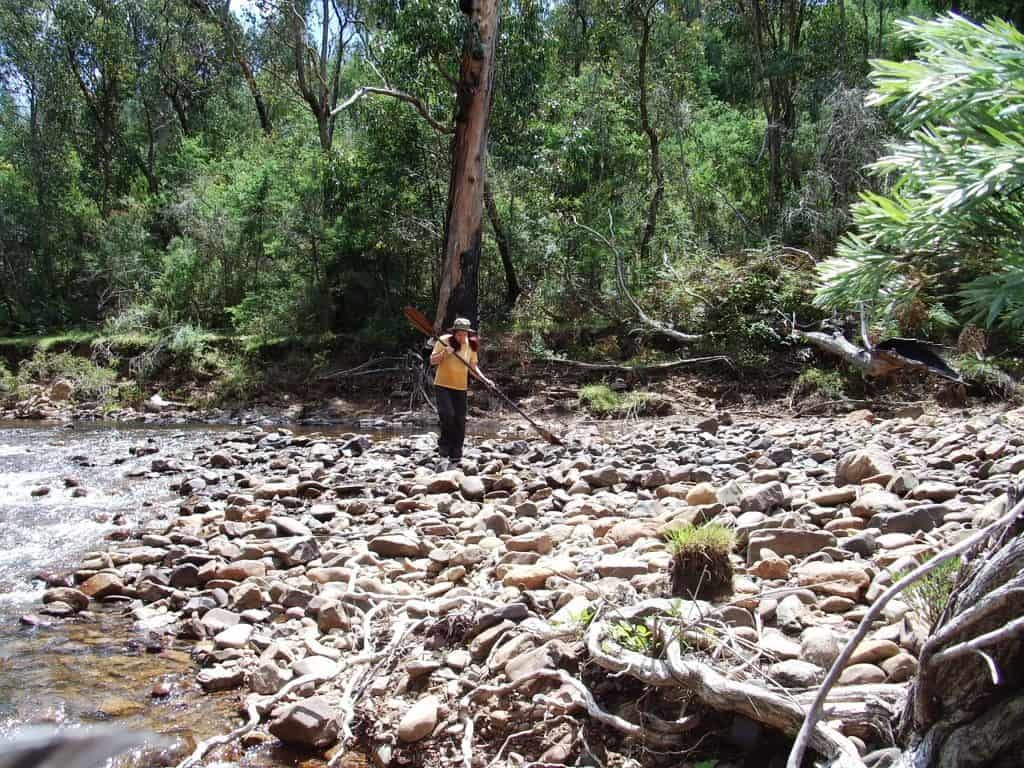
Don’t jeopardise safety for lightness!
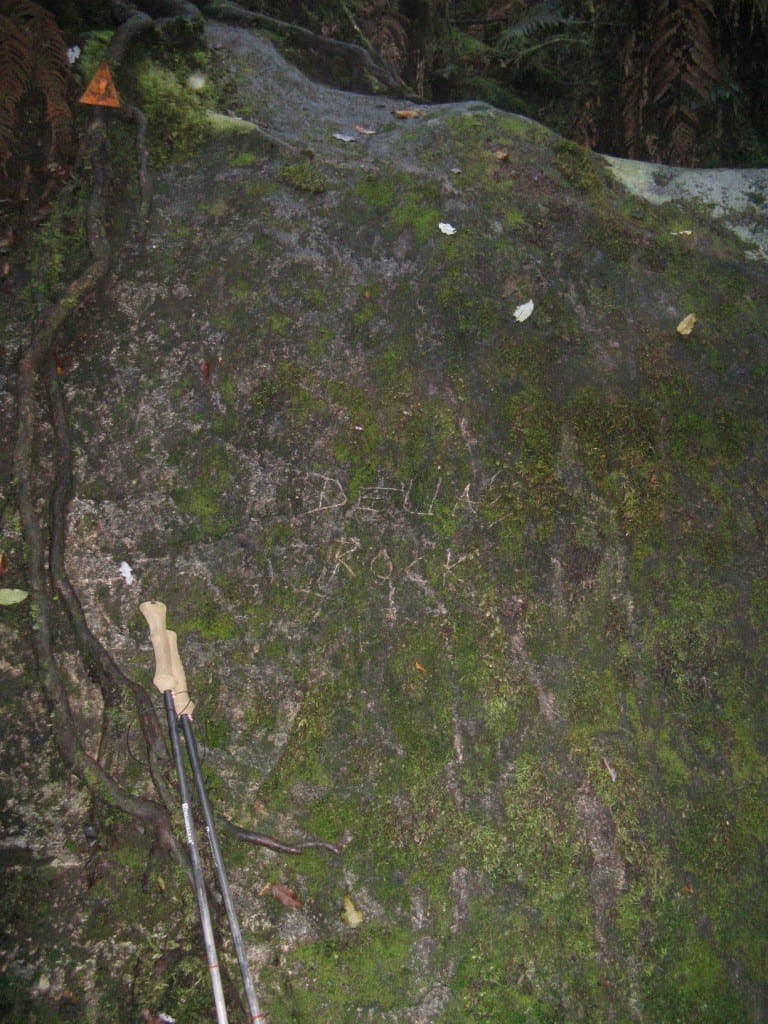
What to include in a wilderness cache
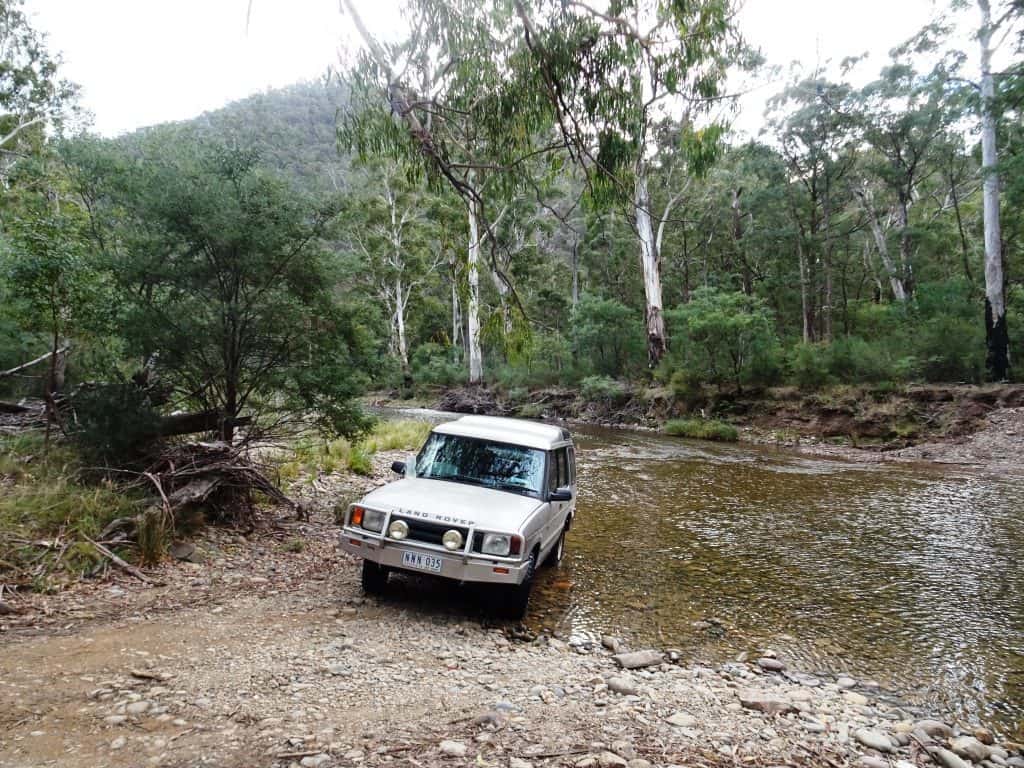
Some other good advice
The Twelve Woodlores – Ray Mears
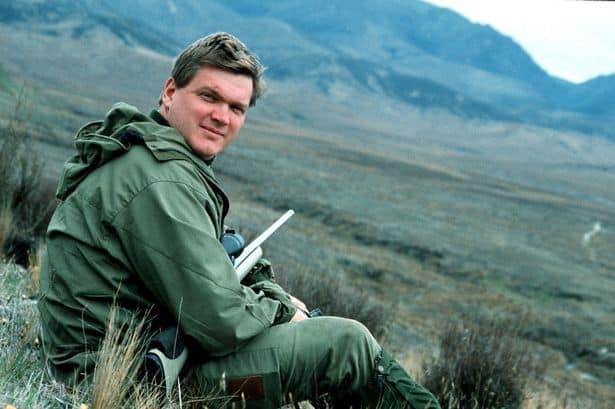
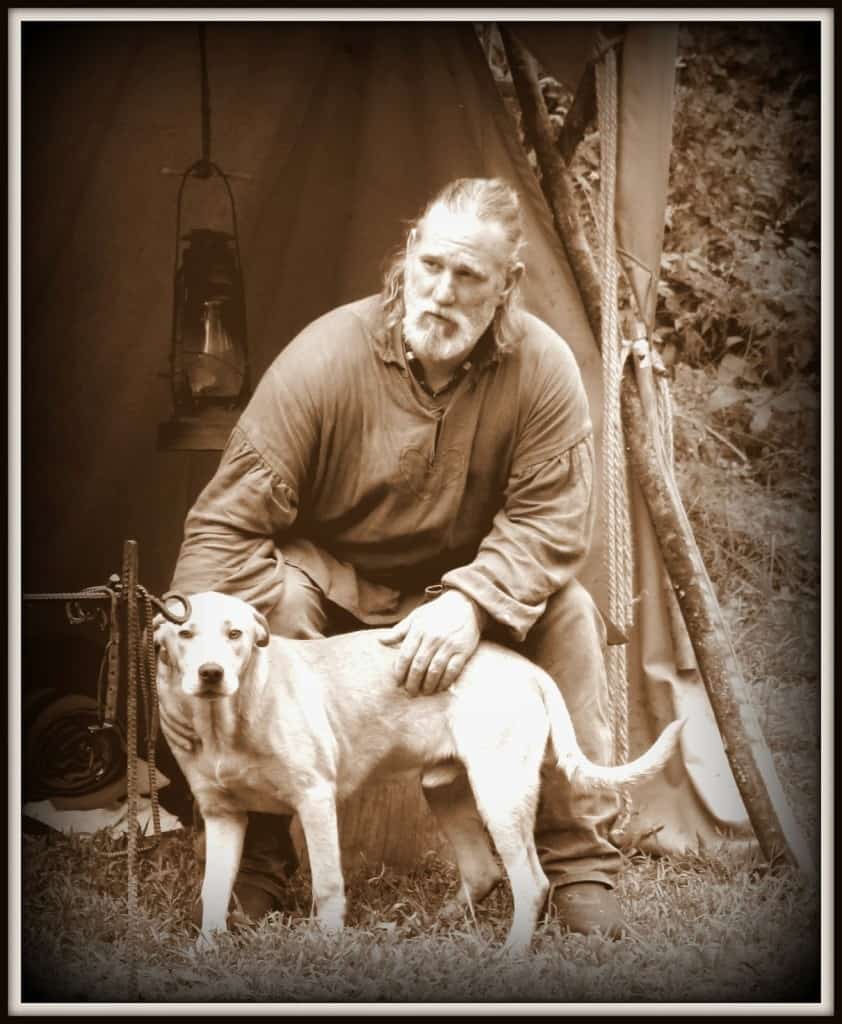
Some great survivors
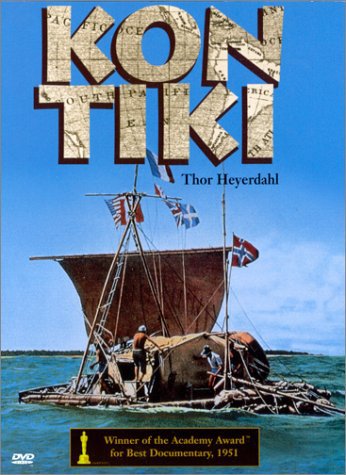
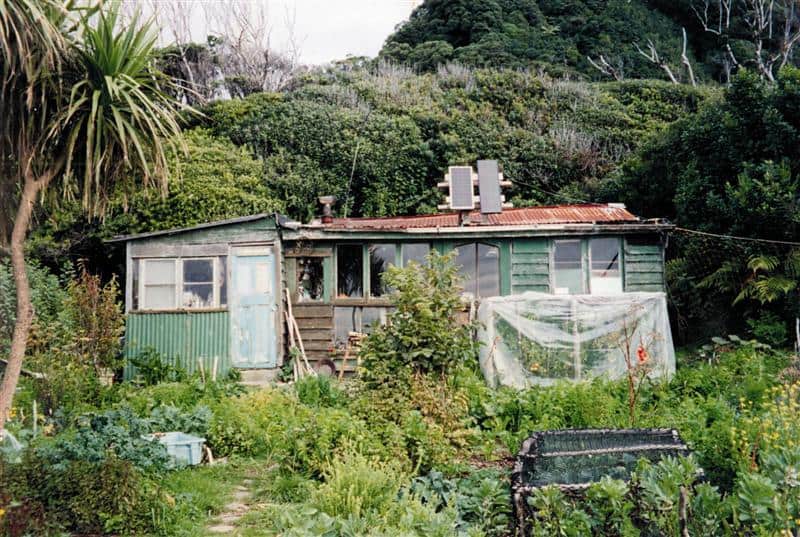
THRILLING TALES #5: Shackleton
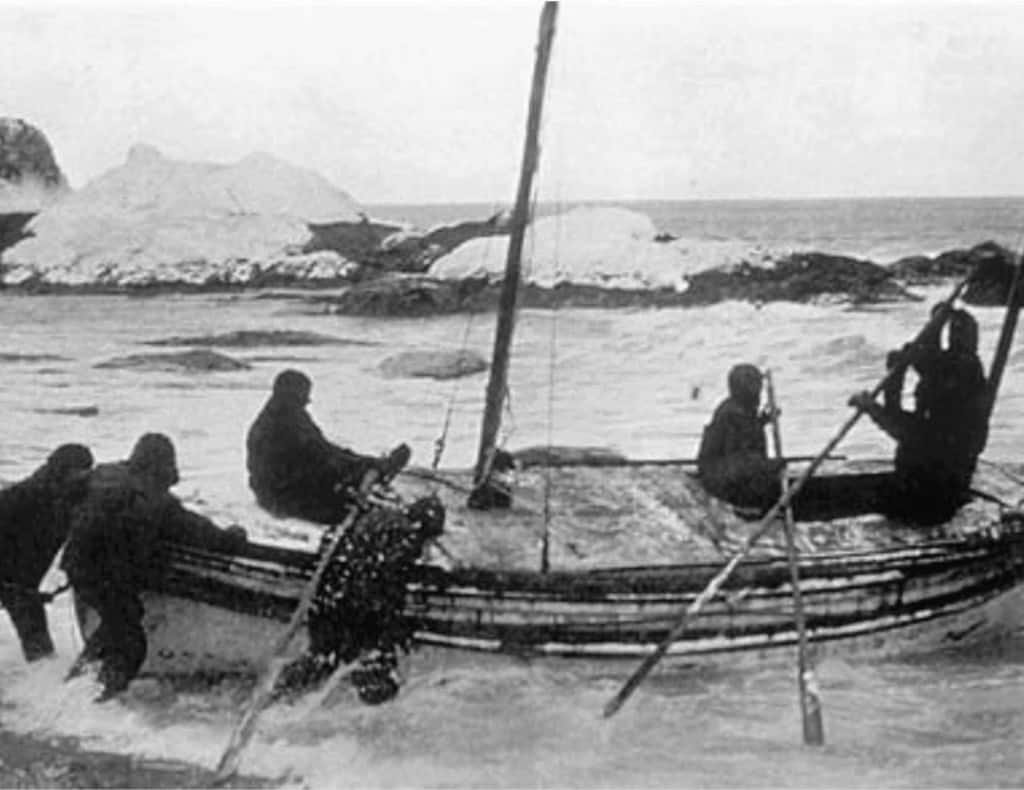
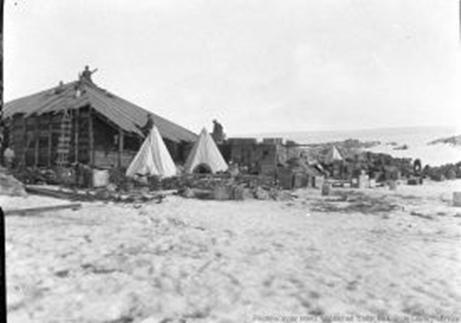

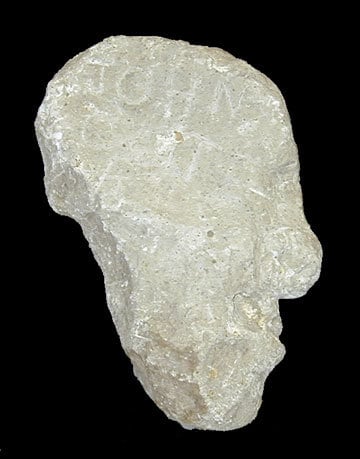
Jim Bridger, the Greatest Plainsman
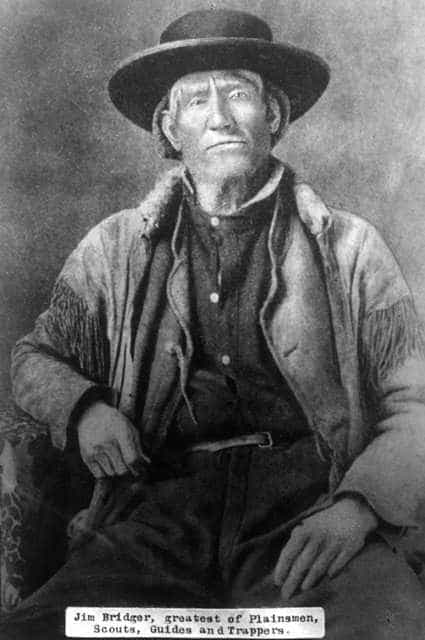
Dick Proenneke: Alone in the Wilderness
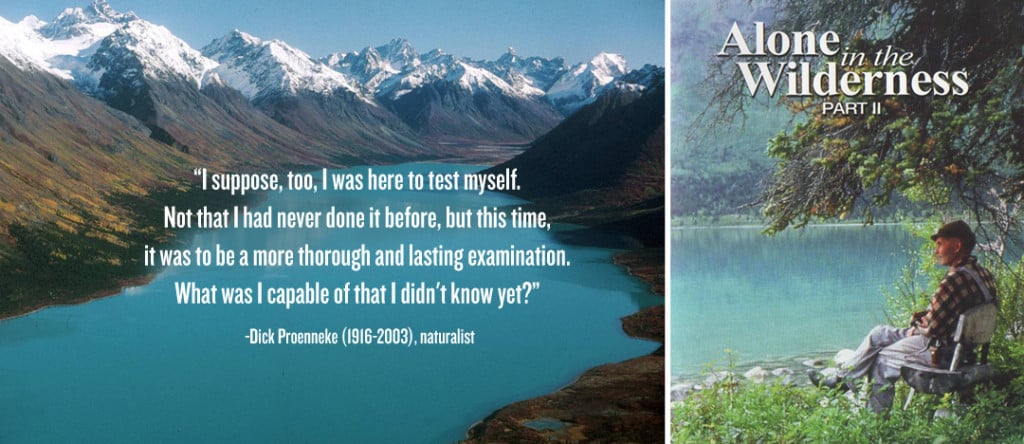
I felt quite rich when I found my knife, flint and steel in my shot pouch
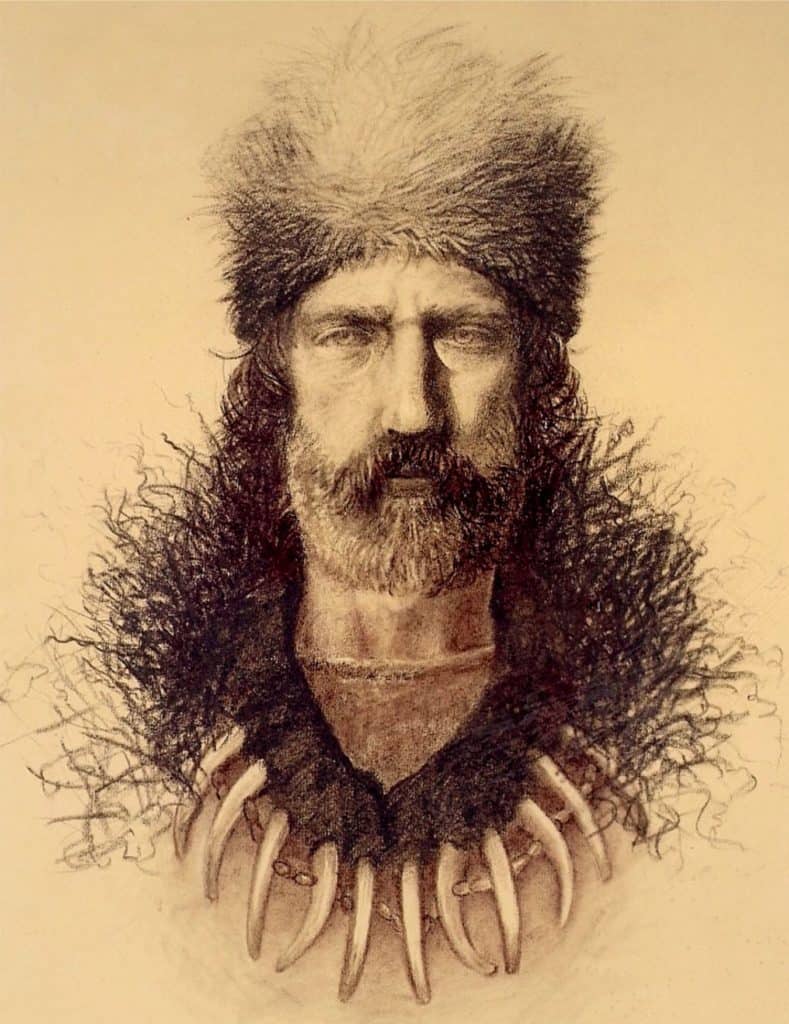

Thrilling Tales: 37 Days of Peril
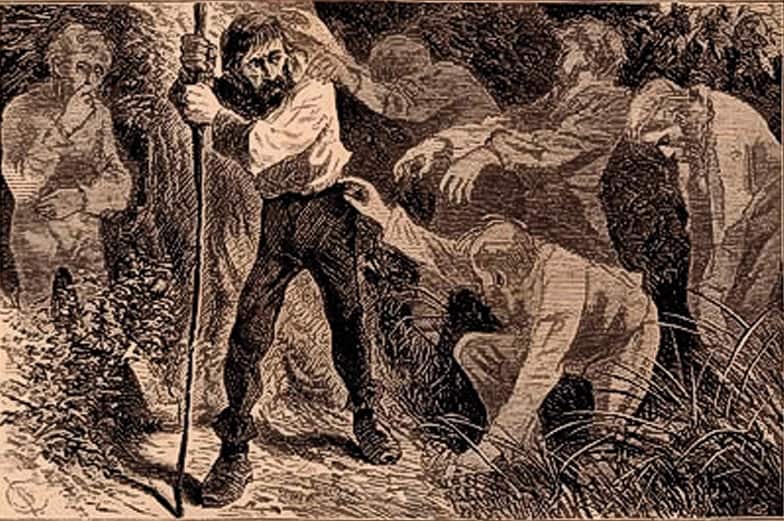
Do remember this. Your attitude is the keen to your survival – as it is the key to your life generally. Not for example how important you (or others might think you are), or how much money you have & etc.
Here are two relevant posts to consider:

So What is Still Good and Cheap?
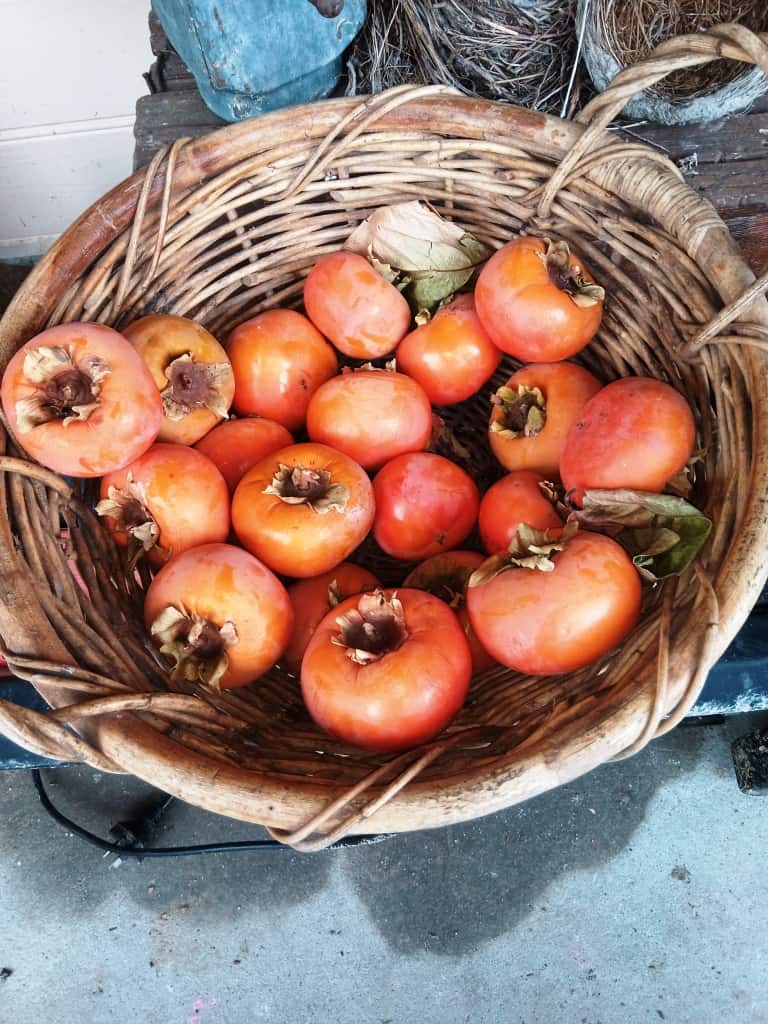
I can see gaps in this post which I will fill as time goes on with new posts which I will also link to here. Cheers, Steve.

